The U7Q PRO is a television that, after just a few minutes, gives a clear signal: "speed matters here." Hisense surprised us with how much they managed to pack into a device that doesn’t cost a fortune. A refreshing rate of 165 Hz in 4K, and even 288 Hz in Full HD – not that long ago, such numbers were reserved exclusively for top gaming monitors. And here you go, we have a mid-range television with almost a full set of gaming features that confidently throws down the gauntlet to much more expensive competitors. However, it doesn't stop at speed-related qualities. The U7Q PRO also boasts a very bright screen, which peaks at even 1500 nits. Like every Mini-LED, it has its typical "moods" associated with this technology, sometimes slightly exaggerating the image, but the overall visual effect remains very positive – especially with HDR content. It's also worth mentioning the Vidaa operating system – fast, intuitive, and equipped with features such as AirPlay, a voice assistant, and a web browser. Although you won't find the full range of apps known from Android here, the system performs really well in everyday use. So why is it "almost" ideal for gamers? It’s just missing the HGiG feature, which allows for precise adjustment of brightness levels in HDR games. This is a minor flaw, but it may be significant for console purists. Nonetheless, the U7Q PRO remains a very solid offering – and at the same time proof that Chinese manufacturers have not only caught up with their competitors from Korea or Japan but have even begun to outpace them in some aspects.
- Matching (Score)
- Our verdict
- TV appearance
- Where to buy
- Contrast and black detail
- HDR effect quality
- Factory color reproduction
- Color reproduction after calibration
- Smoothness of tonal transitions
- Image scaling and smoothness of tonal transitions
- Blur and motion smoothness
- Console compatibility and gaming features
- Input lag
- Compatibility with PC
- Viewing angles
- TV efficiency during daytime
- Details about the matrix
- TV features
- Apps
- Playing files from USB
- Sound
Hisense U7Q PRO vs Samsung QN85F
Direct compare
U7Q PRO / U78Q PRO
QN85F

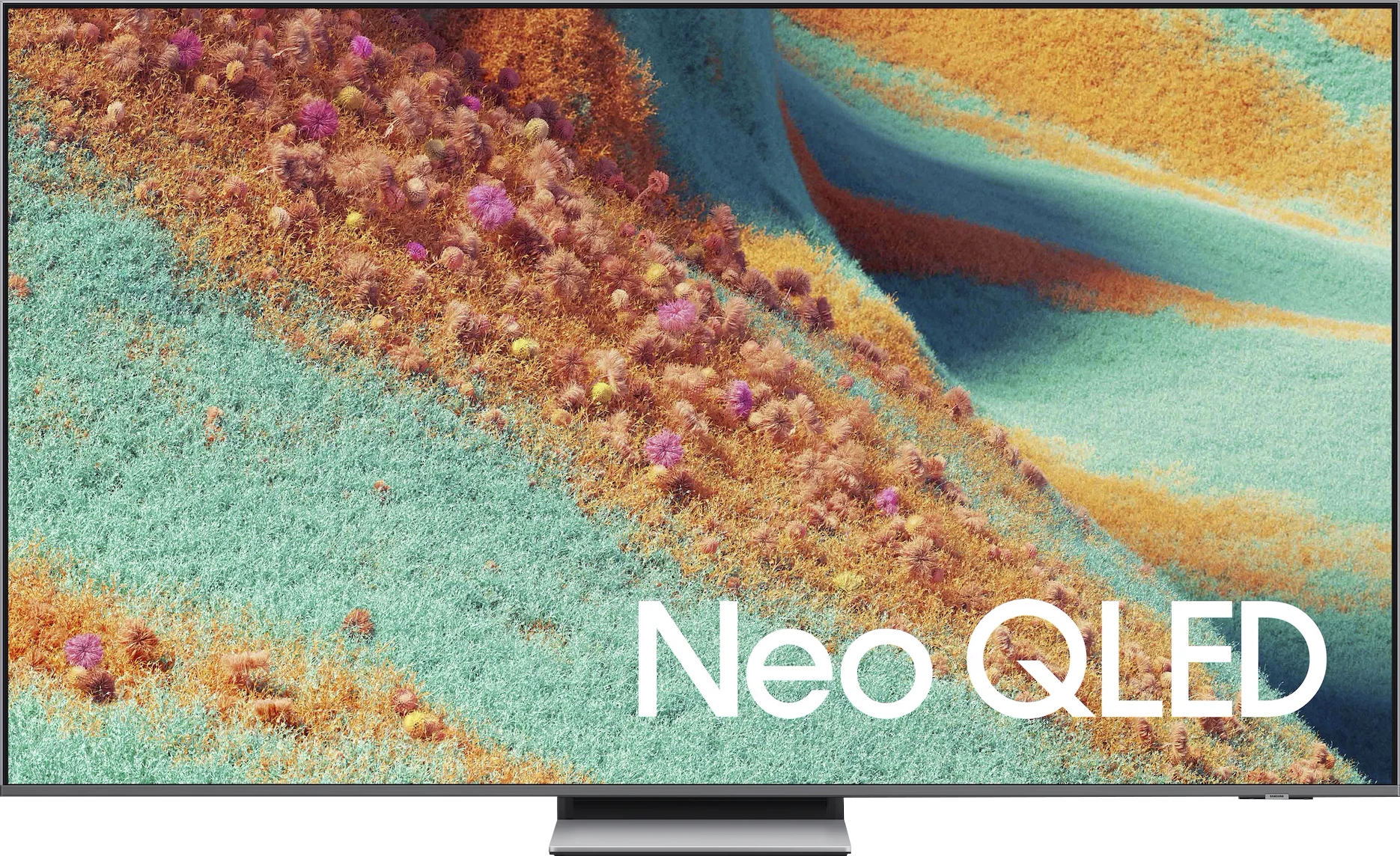
Panel type: LCD VA
Resolution: 3840x2160
System: VIDAA
Model year: 2025
Complete the survey to find out the result

Panel type: LCD VA
Resolution: 3840x2160
System: Tizen
Model year: 2025
Complete the survey to find out the result

Overall rating
7.4
7.6
Movies and series in UHD quality
7.2
7.5
Classic TV, YouTube
7.1
7.2
Sports broadcasts (TV and apps)
6.7
7.0
Gaming on console
8.3
8.7
TV as a computer monitor
8.2
8.4
Watching in bright light
6.2
6.9
Utility functions
9.4
7.3
Apps
7.7
8.7
Sound quality
7.8
7.6
Complete the survey to find out what fits your preferences
Advantages
Great contrast and blacks - true Mini-LED backlighting with a VA panel (65")
Very good motion smoothness - 4K@165 Hz panel
Very high HDR brightness - even above 1500 nits
Perfect for gaming - Low input lag, VRR, ALLM, 4x HDMI 2.1, 288Hz at 1080p.
The Vidaa operating system has many features, e.g. Airplay, USB recording
Outstanding quality of tonal transitions
High HDR brightness (even 1700–1800 nits)
Very good contrast and deep blacks
2 times higher number of dimming zones than its predecessor (55")
144 Hz panel with VRR and ALLM support
Original Game Motion Plus feature – a unique smoother in gaming
Low input lag
Satin finish of the panel works great during the day combined with high brightness
Extensive Tizen platform: with AirPlay, SmartThings, and convenient solar remote
Beautifully designed base. Hybrid – can be a central stand or side legs
Solid sound with pleasant bass and Dolby Atmos support
Disadvantages
No support for HGiG
Average viewing angles
Missing apps on the VIDAA platform
No support for Dolby Vision and DTS:X
No recording function from built-in tuners and PiP
Issue with HEIC files in the player
No proper support for HGiG* in gaming mode
*This seems to be an update error that we hope Samsung will quickly fix. We are monitoring the situation for you continuously.
Our verdict
The Samsung QN85F is a television that perfectly demonstrates the purpose of the Neo QLED line. On one hand, it has everything a modern user expects – high brightness, excellent smoothness, and full support for gamers. On the other hand, it's still an LCD, which means the technology comes with certain compromises. The question is whether these compromises actually hinder everyday use? In practice, it's hard not to be impressed with how the QN85F performs in HDR movies. A brightness level of 1700–1800 nits makes watching dynamic scenes truly convey the "HDR spark" that many competing TVs lack. The lighting effects in movies or series can literally overwhelm with intensity, while the TV does not lose detail and does not turn the whole image into a washed-out blur. This is exactly the kind of spectacular quality that viewers investing in a new screen are looking for. Gamers also have reasons to be pleased. (Well, maybe aside from one limitation related to HGIG.) There is support for 144 Hz, variable refresh rate VRR, and auto low latency mode ALLM. This is already a must-have feature in this class, but Samsung goes further and adds a unique feature called Game Motion Plus. Thanks to it, the image in games becomes smoother, resembling the effect of motion smoothing in films, but without a noticeable increase in lag. This solution truly distinguishes the QN85F from the competition. Adding to all of this is everyday convenience. The Tizen system is fast, stable, and full of apps that we actually use – from Netflix and Apple TV to YouTube and Disney+. Additionally, there is AirPlay support, an advanced SmartThings platform, and a remote that, instead of overwhelming us with dozens of buttons, provides simple control and quick access to the most important functions. This makes the QN85F a TV that you simply want to reach for every day. Of course, it’s possible to list its shortcomings. There’s no Dolby Vision, no USB recording, or PiP, and the viewing angles typical of VA panels won't impress if you sit at a large angle. But all of this pales in comparison to how versatile and refined the QN85F is. During the day, it performs excellently in bright rooms, in the evening it delivers cinematic emotions in HDR, and in games, it provides smoothness and low input lag that other models could envy. Overall, the QN85F is a TV that not only successfully continues the value tradition of its predecessor, the QN85D, but even enhances it with several strong points. It's a device that’s hard to describe in any other way than as a "safe choice" – one that will not disappoint in any scenario and is highly likely to meet the expectations of even the most demanding users.
TV appearance




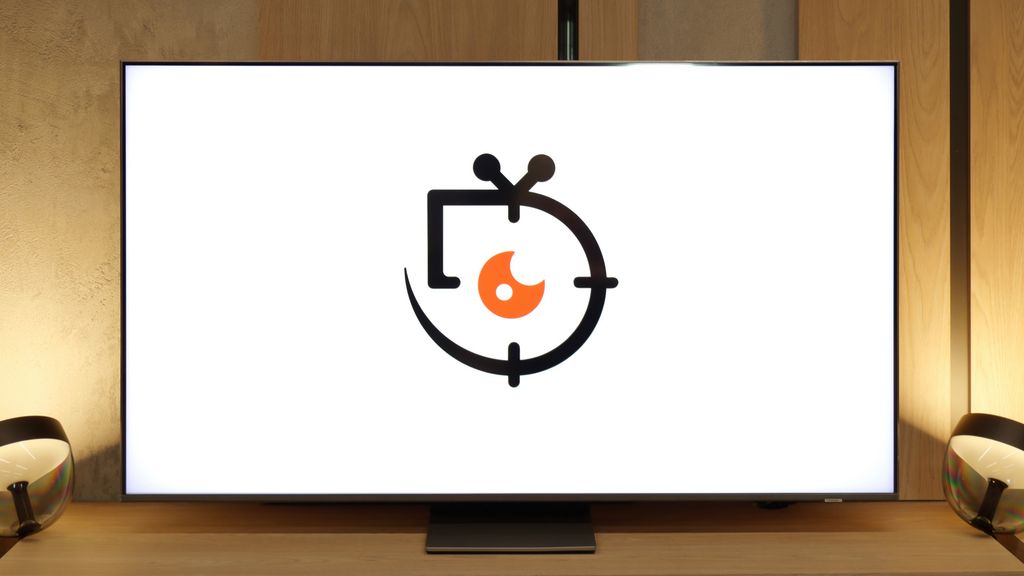
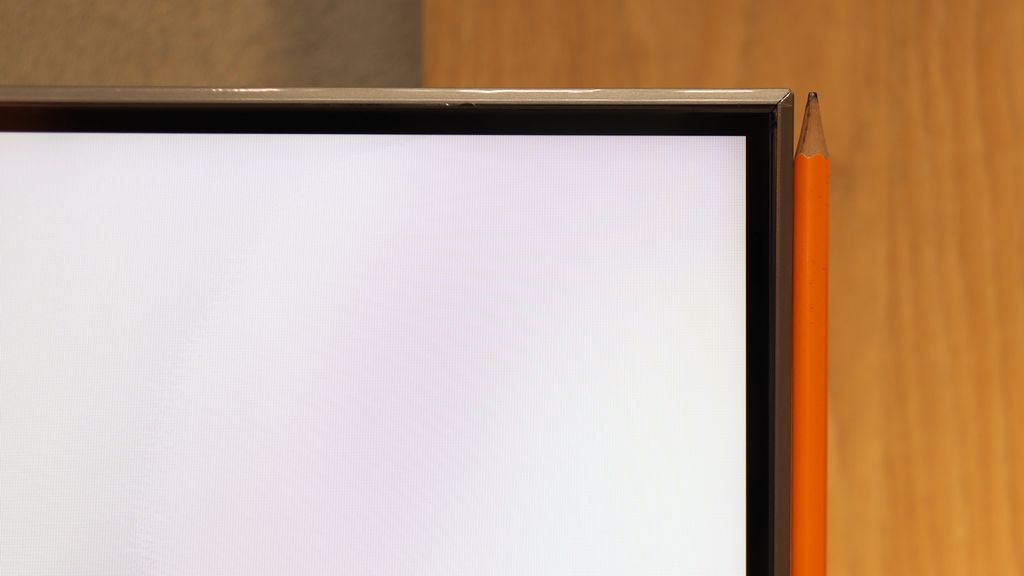
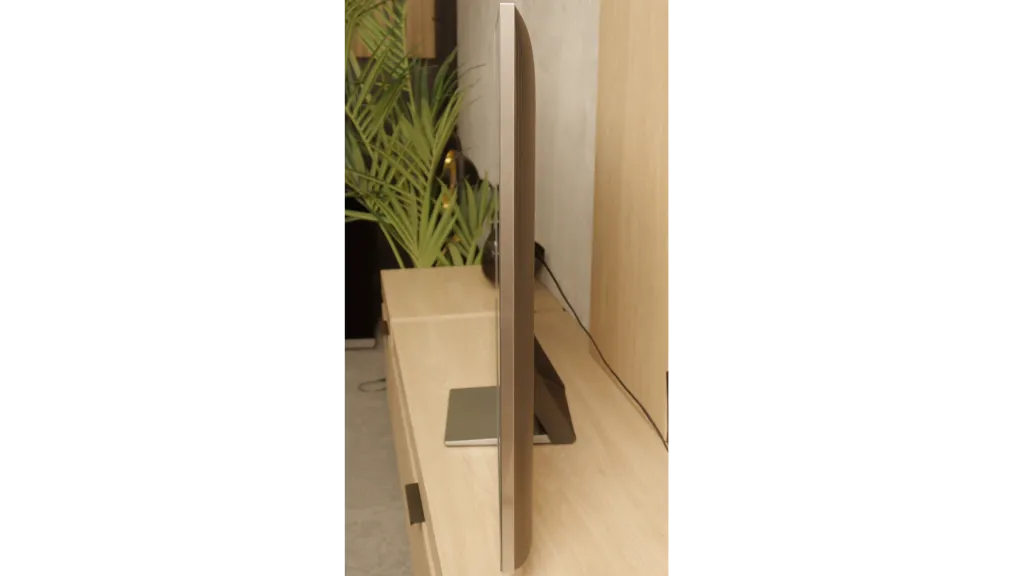
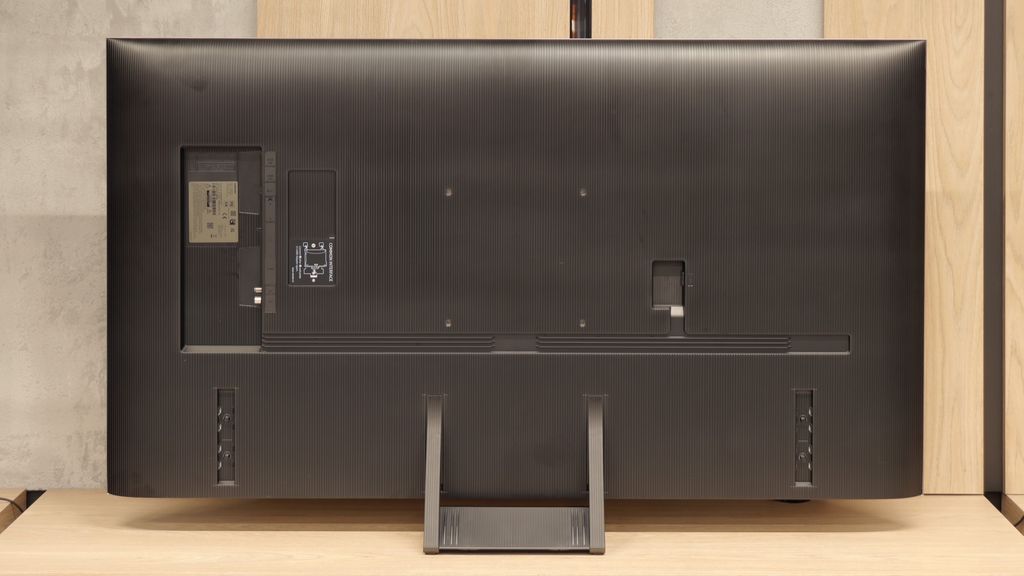
Contrast and black detail
8/10
7.5/10
Local dimming function: Yes, number of zones: 560 (20 x 28)
Local dimming function: Yes, number of zones: 240 (20 x 12)
Contrast:

Result
340,000:1

Result
62,850:1

Result
42,000:1

Result
11,100:1

Result
7,500:1

Result
101,800:1

Result
18,650:1

Result
47,050:1

Result
9,700:1

Result
4,350:1
Halo effect and black detail visibility:

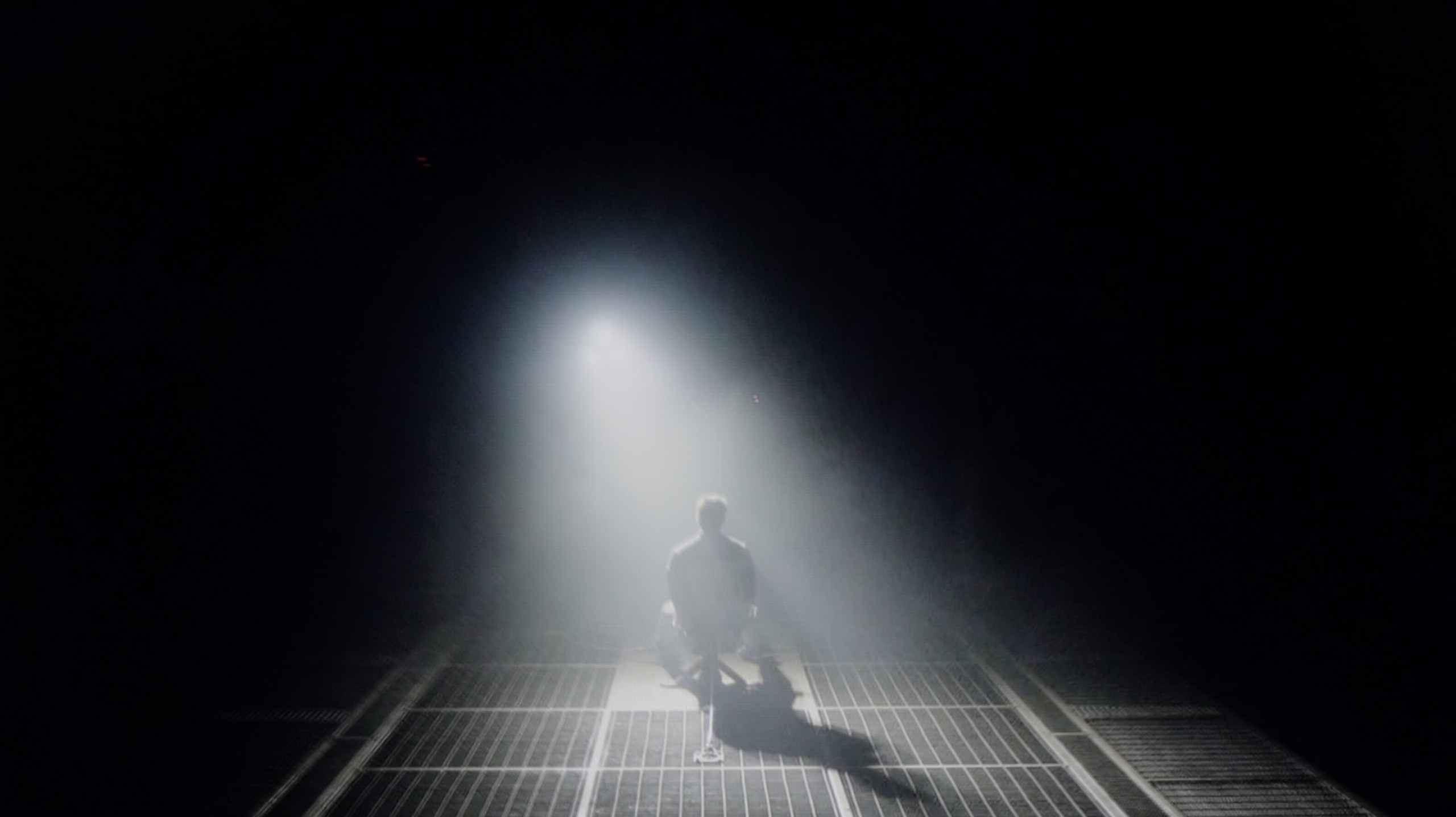
The Hisense U7Q PRO is an mini-LED television with a VA panel and - in the 65-inch version we tested - 560 local dimming zones. It's worth noting that this number varies depending on the size - larger diagonals will have more zones, while smaller ones will have correspondingly fewer. But regardless of that, the dimming system itself works really solidly here.
The contrast performs really well, considering the price range this model falls into. Under the best conditions, the U7Q PRO can achieve results close to six-digit values, which until recently was reserved for much higher-end equipment. In practice - in scenes like the one from the movie Oblivion - the picture looks stunning. With a bit of light on in the room, it's hard at first glance to distinguish this television from organic screens. Of course, it's still an LCD with local dimming, so compromises are unavoidable. In more challenging scenes, where many small light sources appear, the U7Q PRO tends to dim too aggressively. Instead of a slight deterioration of black levels, some details that should be visible disappear. This is a side effect of the algorithm that strongly adheres to the principle of "black should be black," even at the cost of subtle image elements.
But all in all - contrast is one of the stronger points of this model.
Our editorial team received a 55-inch model with a VA panel. In the case of NeoQLEDs, which are TVs with Mini-LED backlighting, size is incredibly important because the larger the screen, the more local dimming zones it can have. This directly translates to higher contrast. In the variant we tested, we counted as many as 240 dimming zones, which is twice as many as in last year's QN85D. Theoretically, such an increase should bring an equally impressive improvement in contrast. Unfortunately, practice showed something different – the QN85F offers results very similar to its predecessor. Yes, in some scenes with a lot of black or in areas where details in the highlights are crucial, there is progress, but it is not proportional to the number of zones. Mini-LED technology can be capricious, and sometimes around small, bright objects, there are subtle halos. This is a typical compromise that one must accept with such a solution. Nevertheless, the contrast in the QN85F is at a very high level and will easily satisfy most users, even the more demanding ones. However, we have the impression that Samsung could refine the algorithms controlling dimming because we know from experience that they can perform really well in other models.
HDR effect quality
6/10
6.9/10
Luminance measurements in HDR:

Result
1129 nit

Result
323 nit

Result
721 nit

Result
267 nit

Result
736 nit

Result
1248 nit

Result
860 nit

Result
1093 nit

Result
465 nit

Result
957 nit
Scene from the movie “Pan” (about 2800 nits)


Scene from the movie “Billy Lynn” (about 1100 nits)


Static HDR10


Dynamic: Dolby Vision
Dynamic: HDR10+


HDR luminance chart:
Samsung QN85F
HDR luminance
Hisense U7Q PRO
HDR luminance
U7Q PRO is truly a bright television. In synthetic tests, it achieved over 1500 nits, which is an outstanding result for this price range. Such brightness – at least in theory – allows for displaying HDR content as intended by creators, even in more demanding scenes with strong light. In practice, it can be very good, but not always perfect. In bright scenes with a large surface area – such as the test screen with intense sunlight from the movie "Pan" – U7Q PRO makes a huge impression. It can almost blind with light, which is definitely an advantage in the context of HDR content. Unfortunately, this is not always maintainable when a lot of small bright details appear on a dark background. In such moments, local dimming algorithms decide to dim some bright elements to maintain good black levels – and the side effect is that some details simply disappear from the frame. This is a classic compromise in mini-LED televisions – and U7Q PRO is no exception. However, with such a large number of dimming zones, one could expect a somewhat more mature algorithm responsible for controlling them. Fortunately, the overall reception of HDR content is very positive. U7Q PRO is not only bright but also colorful; thanks to the PFS LED (QLED) coating, the coverage of the DCI-P3 color palette is at 95%, and BT.2020 is around 73%.
Although the more than double number of dimming zones compared to its predecessor has not translated into a spectacular jump in black levels and contrast, we definitely felt it in the HDR effect itself. The QN85F is up to 50% brighter than last year's model, making a huge impression in dynamic scenes. The peak brightness can reach nearly 1700–1800 nits, which is truly impressive in this Mini-LED class. The best part is that almost regardless of the scene being viewed, the HDR effect remains strong and vibrant. In four out of five test scenes, the brightness was around 1000 nits, a level that in most cases allows viewers to feel the true magic of this format. Of course, in scene number 4 from the movie Sicario 2, the limitations of Mini-LED technology become apparent – the brightness of the helicopter's spotlight drops to around 500 nits. It's not an outstanding result, but it's still much more acceptable than in last year's model. Samsung deserves applause, as the improvement in brightness in the QN85F is substantial compared to its predecessor. However, it's a pity about a certain trend seen in this year’s televisions – the manufacturer has worsened the color gamut coverage. Although the QN85F has a QLED panel, its result of around 90% DCI-P3 is average, and in the most demanding films, it can lead to less vibrant colors than in the predecessor. Despite this shortcoming, the overall HDR effect is at an excellent level and really makes a big impression in this class of devices.
Factory color reproduction
6.2/10
4.8/10


Factory Mode
After calibration


Factory Mode
After calibration
We tested the U7Q PRO in the best possible picture mode that this model offers – Filmmaker Mode. And indeed, it is this mode that performs best in terms of color reproduction. But that doesn't mean it's perfect. In our test unit, both in SDR and HDR content, the image had a slightly cooled tone. The white balance was shifted towards blue, which made the overall impression feel a bit "cooler." It's not glaring, but definitely noticeable – especially on white backgrounds that, instead of neutral, appeared slightly bluish. Additionally – as we mentioned earlier – the television tends to slightly brighten and oversaturate the image, which is also confirmed by the gamma and EOTF charts. All of this together means that without calibration the image may seem a bit unnatural – too cool, with slightly exaggerated dynamics. That's why we decided to conduct our own calibration – and its effects and charts can be seen below.
The Samsung QN85F offers several preset picture modes, but out of the box, the television starts in "Eco" mode. We could actually end the discussion here, because for such a model, using this setting makes no sense – the picture is washed out, unpleasant, and far from what we expect from a television of this class. Therefore, we conducted our tests in the best available mode, which is the Filmmaker mode. Its purpose is to faithfully reproduce what the directors saw while filming, and indeed, this setting performs best among all the factory options. However, this does not mean it is free of flaws.
Both in SDR and HDR, the QN85F strongly highlighted warm colors. This stemmed from a lack of white balance, with a noticeable absence of blue. Additionally, the picture sometimes appeared overexposed – both the gamma brightness characteristic and the EOTF curve indicated that the television has a tendency to blow out scenes. In SDR, the color reproduction errors (Delta E at levels of 4–5) were still acceptable, but in HDR, the inaccuracies became really significant and clearly deviated from what the creators intended to show us. Fortunately, Samsung provides a wide range of calibration tools in its televisions, so – as always – we proceeded with professional calibration to see how much could be improved.
Color reproduction after calibration
7.5/10
8.5/10




Thanks to calibration, we managed to tame the white balance in both SDR and HDR content. For SDR materials, the effect is really very good – the image becomes neutral, consistent, and simply pleasant to view. Everything looks as it should.
The performance in HDR is a bit worse. Although the white balance looks correct and overall the image gains in naturalness, unfortunately, delta E errors remain noticeable. Why? Because Hisense does not give us full control over how the U7Q PRO manages brightness in HDR mode. This is where the limitation appears. When we look at the EOTF curve for HDR content, we can clearly see what we mentioned earlier – at the beginning of the graph, there is a noticeable drop, meaning the television dims the smallest sections more than it should. On the other hand, the brightest elements can be illuminated a bit too much. As a result, some details are lost, others are too aggressive, and overall control over brightness does not always align with what we are trying to achieve during calibration.
Does the image look better after calibration? Definitely yes, in terms of color. But when it comes to managing brightness in HDR, we have to accept that the Hisense U7Q PRO will do it its own way.
After calibrating the movie mode, we managed to tame the colors in both modes to nearly perfection – most of them did not exceed an error value of 3, which is the limit of visibility to the human eye. The image became more natural, fuller, and at the same time devoid of the blooming that was noticeable right after taking the TV out of the box. This shows how much potential lies in the QN85F and how well it responds to precise settings. However, this does not change the fact that certain technological barriers cannot be overcome. Despite the significant benefits of calibration, limitations of the panel itself still remain. Although the number of dimming zones has doubled compared to its predecessor, the algorithms controlling the backlighting can manipulate brightness in their own way. Sometimes this leads to slight color distortions or subtly visible halo effects around bright objects. Nonetheless, the reception after calibration is really pleasant and shows how good a screen the QN85F can be if we just take a moment for the right settings.
Smoothness of tonal transitions
9.5/10
9/10

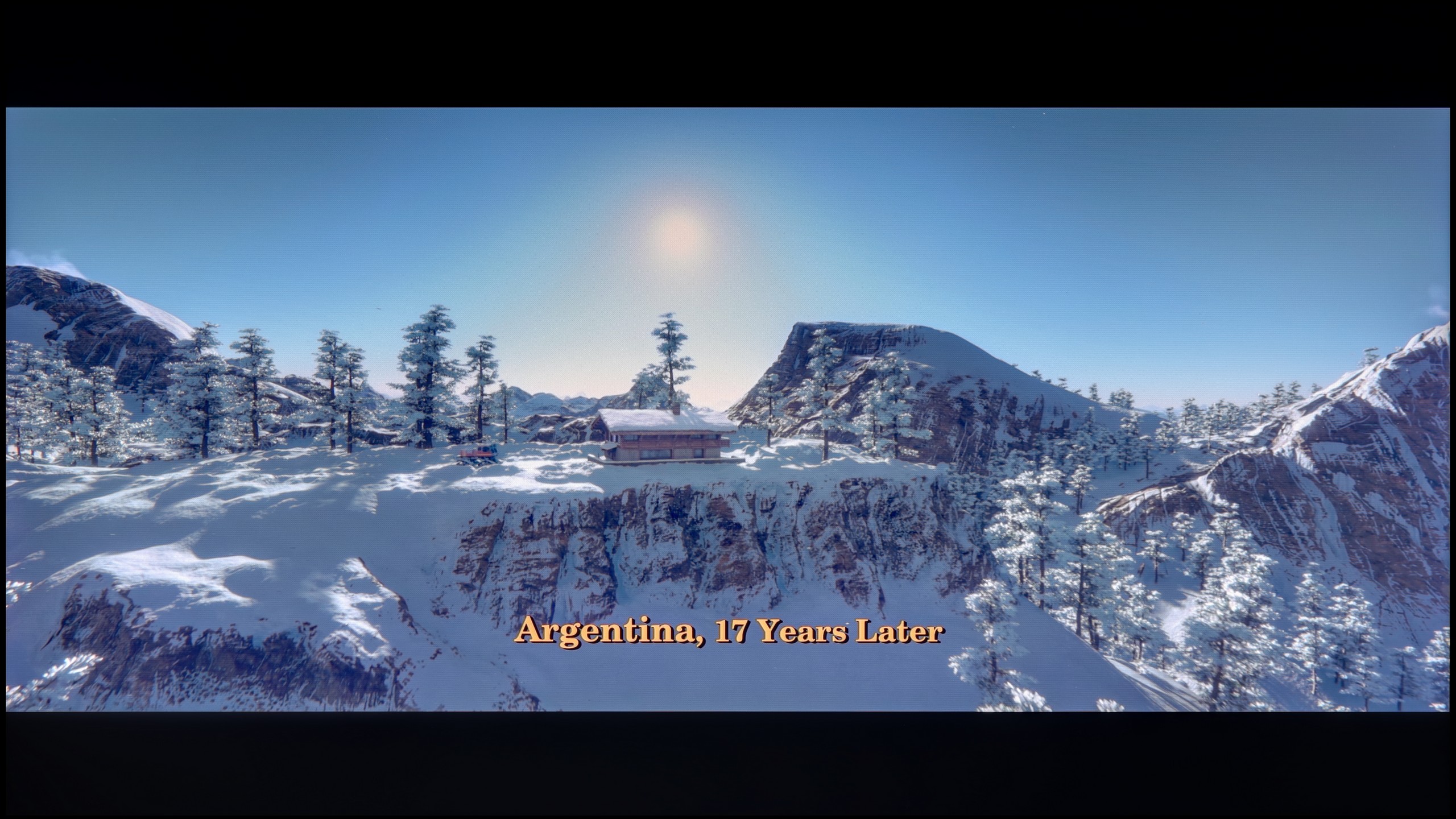





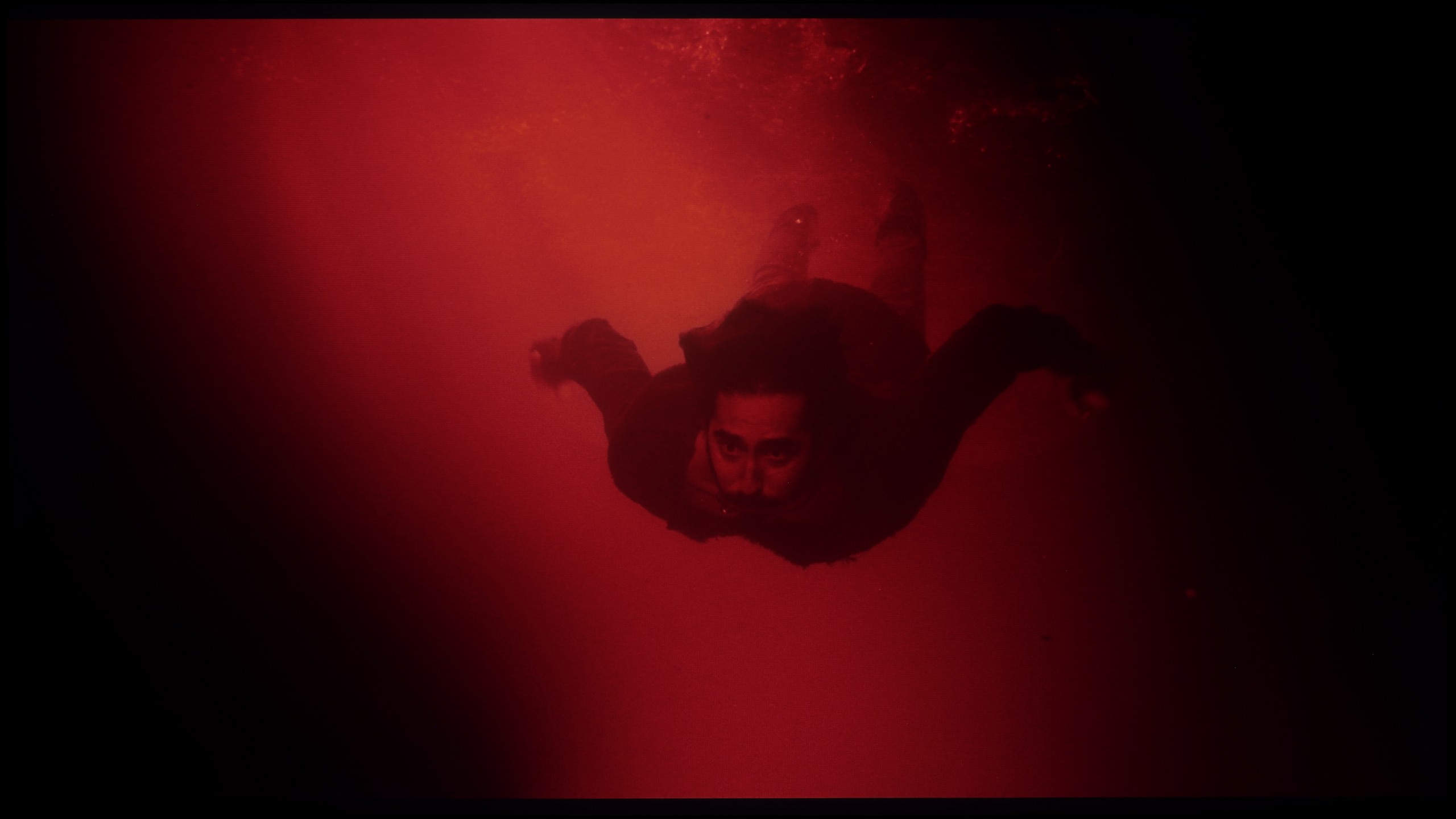




The U7Q PRO handles tonal transitions really well. Colors blend smoothly, without any banding, stripes, or strange artifacts. Even in more challenging scenes that usually bring out any imperfections—there was nothing to complain about here. The image simply looks clean. Gradients—both colorful and gray—are fluid, nothing tears, nothing distracts. It's one of those elements you don't notice while watching… certainly not in the case of the U7Q PRO.
Minor color errors are practically unnoticeable; it is the smoothness of tonal transitions that is a category that even a less experienced viewer will notice. Unfortunate bands and artificial lines can completely ruin the perception of the image. Fortunately, the QN85F handles this aspect almost perfectly. Gradients are smooth, transitions between colors are seamless, and there are no artificial strokes or clear lines separating the hues on the screen. The image remains cohesive, and nothing distracts our attention from the content. Only under very extreme conditions did we notice slight issues in the gray palette, but this is a drawback typical of most televisions and it's hard to consider it a serious downside. In practice, while watching movies, we encountered no problems.
Image scaling and smoothness of tonal transitions
7/10
7.5/10
Smooth transition function

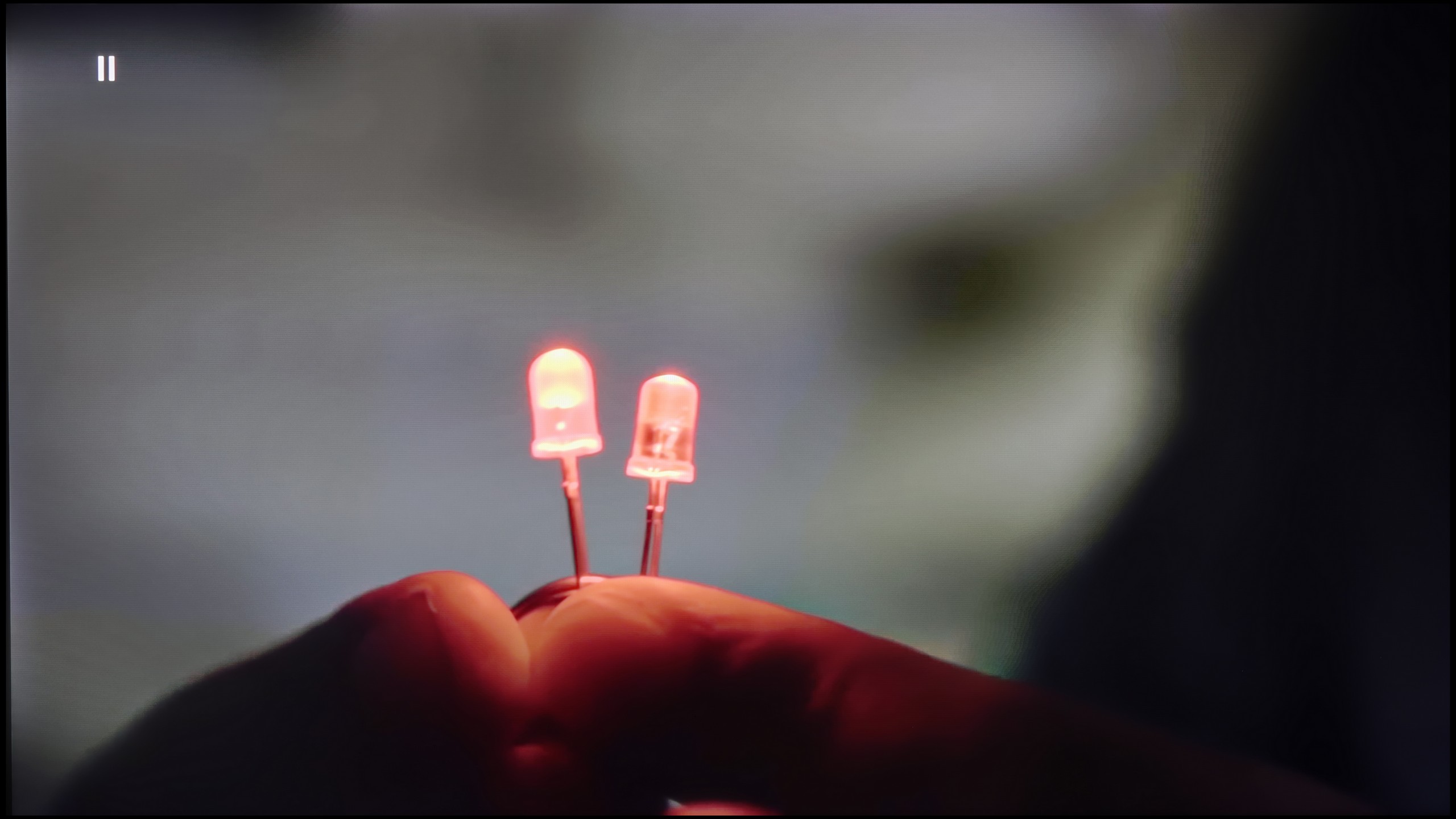
Image without overscan on the SD signal


If someone happens to come across older materials where the issue of color banding appears – Hisense has a solution for that. In the U7Q PRO, we find a feature called "Smooth and Gradient Picture." Set to the "Medium" level, it works really well – it eliminates most of the gradation issues while not smoothing out the entire image, like blur in Photoshop. 😉 Film grain remains, details do not disappear – this is exactly how it should work. Kudos for the implementation!
As for scaling weaker materials, it’s just good. It’s not at the level of the most expensive TVs with advanced upscaling, but older content looks good. There is some mild aliasing at very low resolutions, but that’s completely normal and hard to avoid. On the plus side – even with the oldest materials, there is no overscan effect; the image is not cropped or artificially stretched.
Although the native tonal transitions on the QN85F perform excellently with 4K materials, we don't always deal with content in the highest resolution. That's when it becomes crucial how the television handles upscaling and digital image processing. This process is managed by Samsung's proprietary processor – AI NQ4 Gen2. In practice, it works very efficiently. If visible color banding or other undesirable phenomena appear on the screen, for example in materials from YouTube, they can be easily smoothed out using the "noise reduction" function. Set to medium, it improves tonal transitions while not excessively blurring desired details. However, it's important to remember that – as with most Samsung televisions – this feature significantly affects the film grain. Therefore, during movie screenings, it's advisable to use it cautiously to maintain the natural character of the image.
The upscaling itself looks very good. Test materials in lower resolutions were displayed sharply and clearly, with a lot of detail. The only drawback remains the issue of overscan, which is cutting off the edges of the screen. In most situations, this is not noticeable, but with very old materials below HD quality, there may be instances where part of the image on the left side is slightly cropped.
Blur and motion smoothness
7.5/10
7.7/10

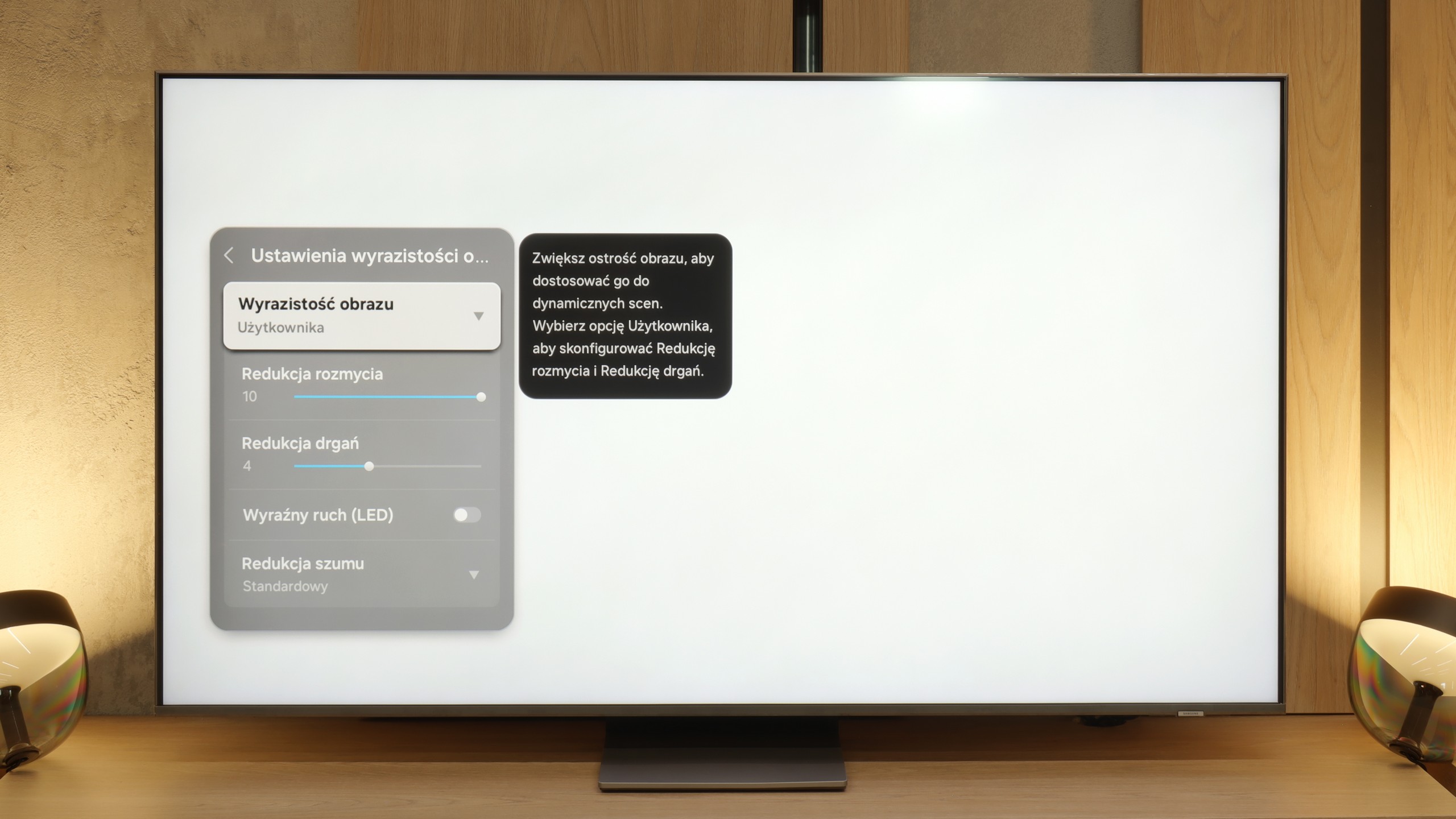
Blur (native resolution, maximum refresh rate):



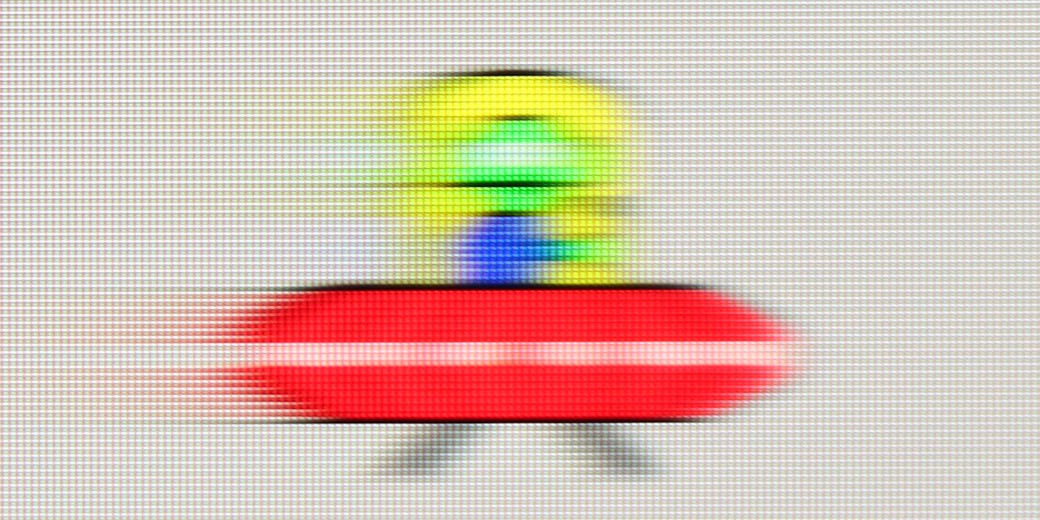
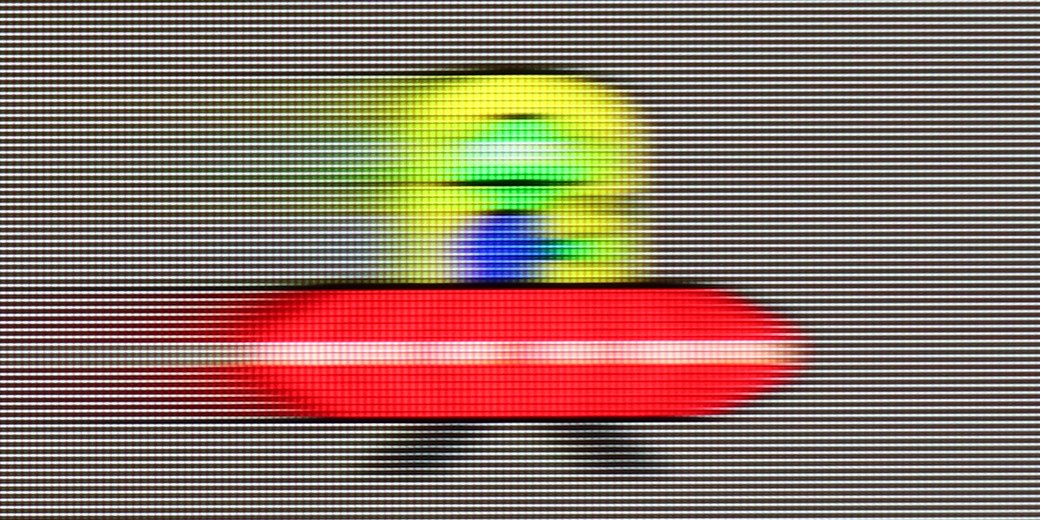
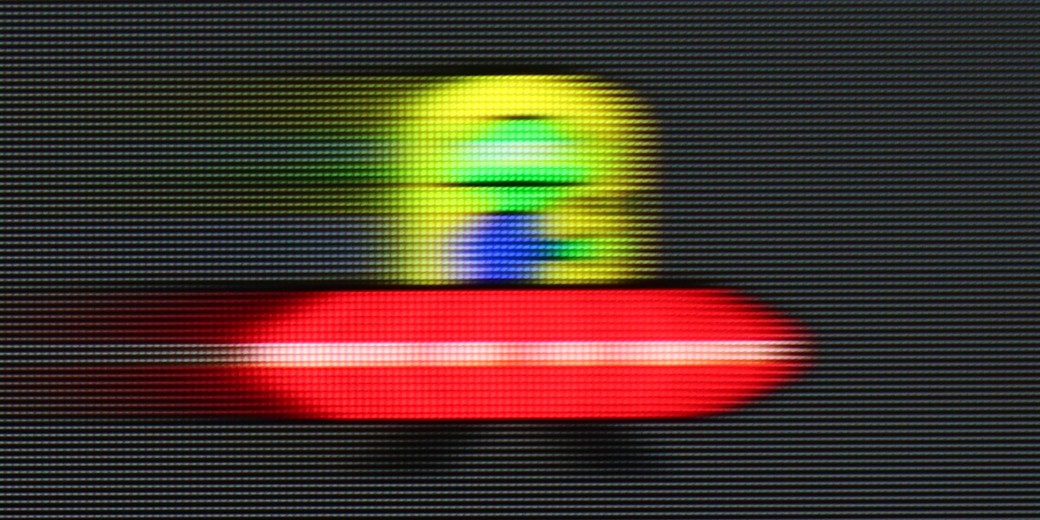
Blur (BFI function enabled):



Image flickers in this mode



Smużenie (1080p 288Hz):



Smużenie (4K@144Hz):
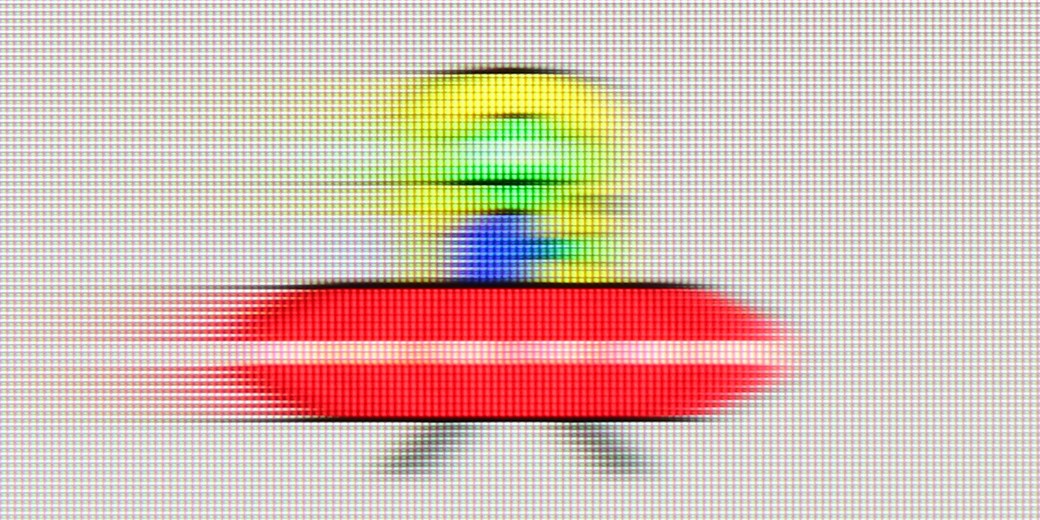
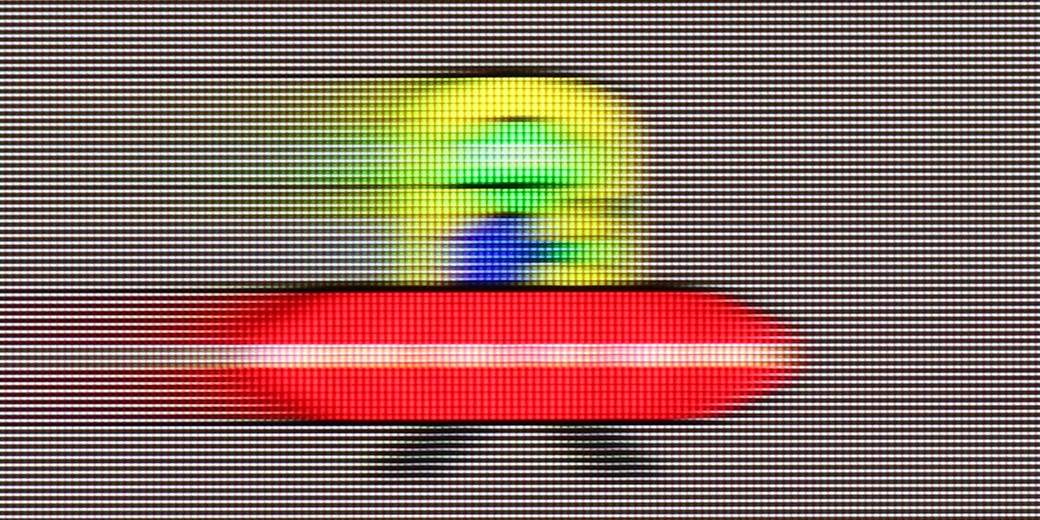
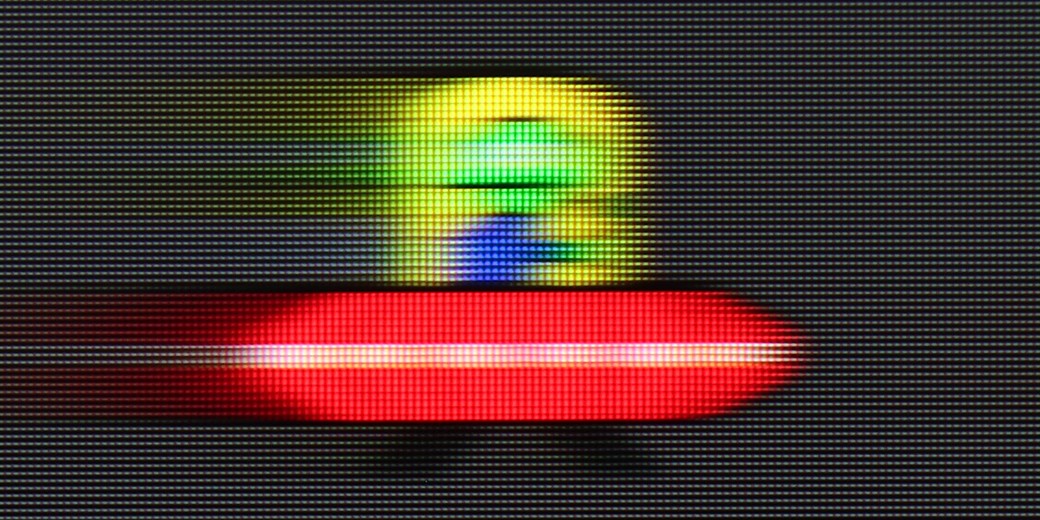
“Speed” – this word was mentioned most frequently during our tests of the U7Q PRO. The television is equipped with a 165 Hz panel, which is impressive in itself – especially since we are talking about a model in the mid-price range. Of course, PC gamers will benefit the most from its full capabilities, but even during everyday viewing, it is evident that this is a fast and efficient panel. Like most modern televisions, the U7Q PRO can also enhance the smoothness of movies that are primarily shot in 24 frames. In the menu, there is a slider that allows you to adjust the effect to your preferences – from a more cinematic feel, with subtle motion, to stronger smoothing with the characteristic “soap opera effect.”
Motion blur and fluidity of motion in the QN85F is a topic worth discussing in more detail, as the television is equipped not with a standard 120 Hz panel, but with a 144 Hz panel. The additional hertz will primarily be appreciated by PC gamers, but the mere presence of such an option can be seen as a nice addition and a sign of the times – it’s hard to complain about the trend towards faster panels, since in practice, each of us would like the image to be as fluid as possible. However, the most important thing is how the television handles typical 120 Hz refresh rates – in the case of consoles, sports, or films recorded at 24 or 30 frames per second. And here, the QN85F performs really well. In movies, you can easily adjust the character of the image thanks to the “picture clarity” function, where we find two adjustable sliders. Key for viewing sessions is the one responsible for reducing motion blur. Lower values give the image a more cinematic character with preserved “frame rate,” while higher values lead to a strong smoothing that resembles television theater.
Console compatibility and gaming features
8.5/10
8.2/10
- ALLM
- VRR
- VRR range48 - 288Hz48 - 144Hz
- Dolby Vision Game Mode
- Correct implementation of HGIG
- 1080p@120Hz
- 1440p@120Hz
- 4K@120Hz
- Game bar

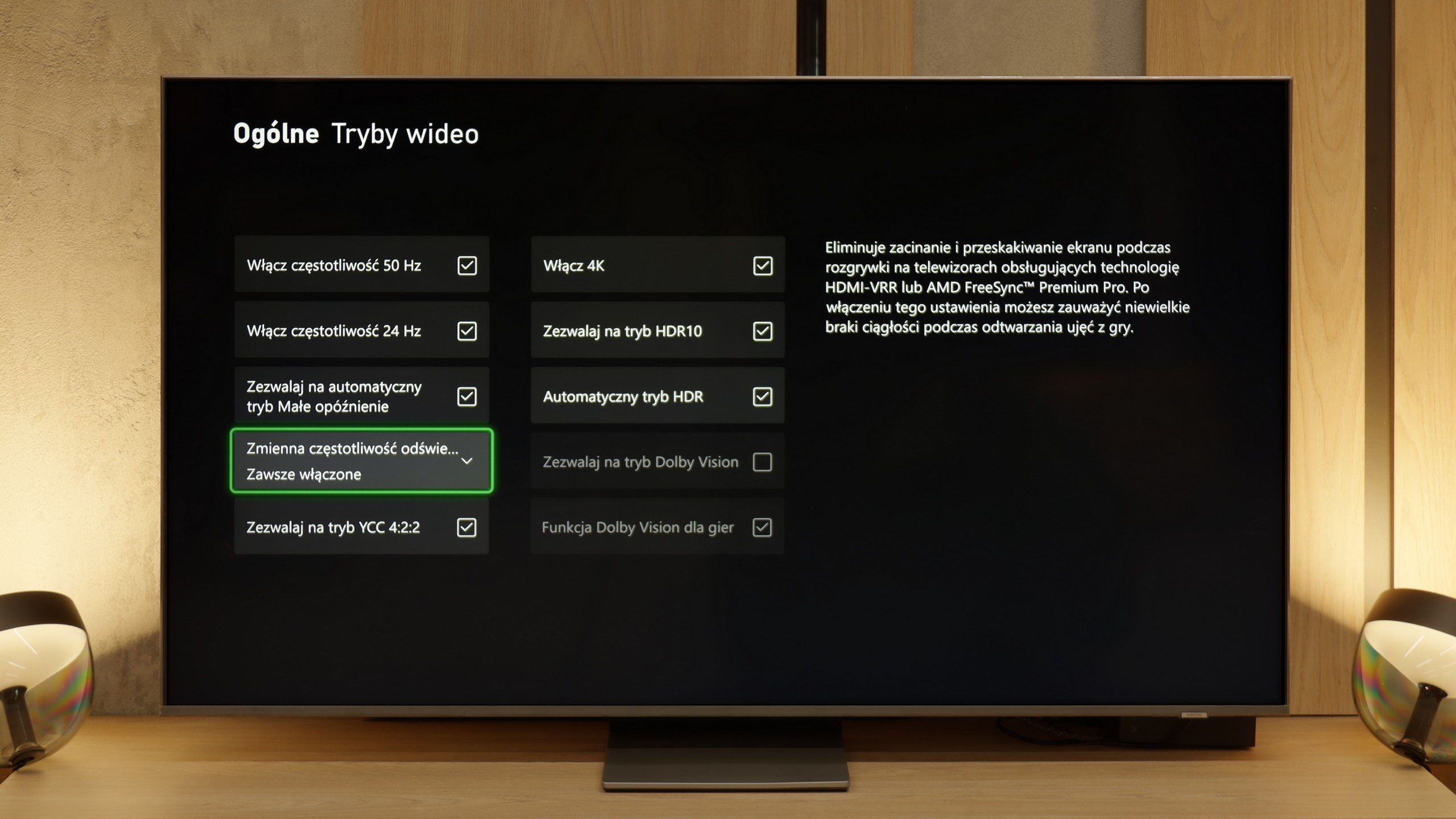

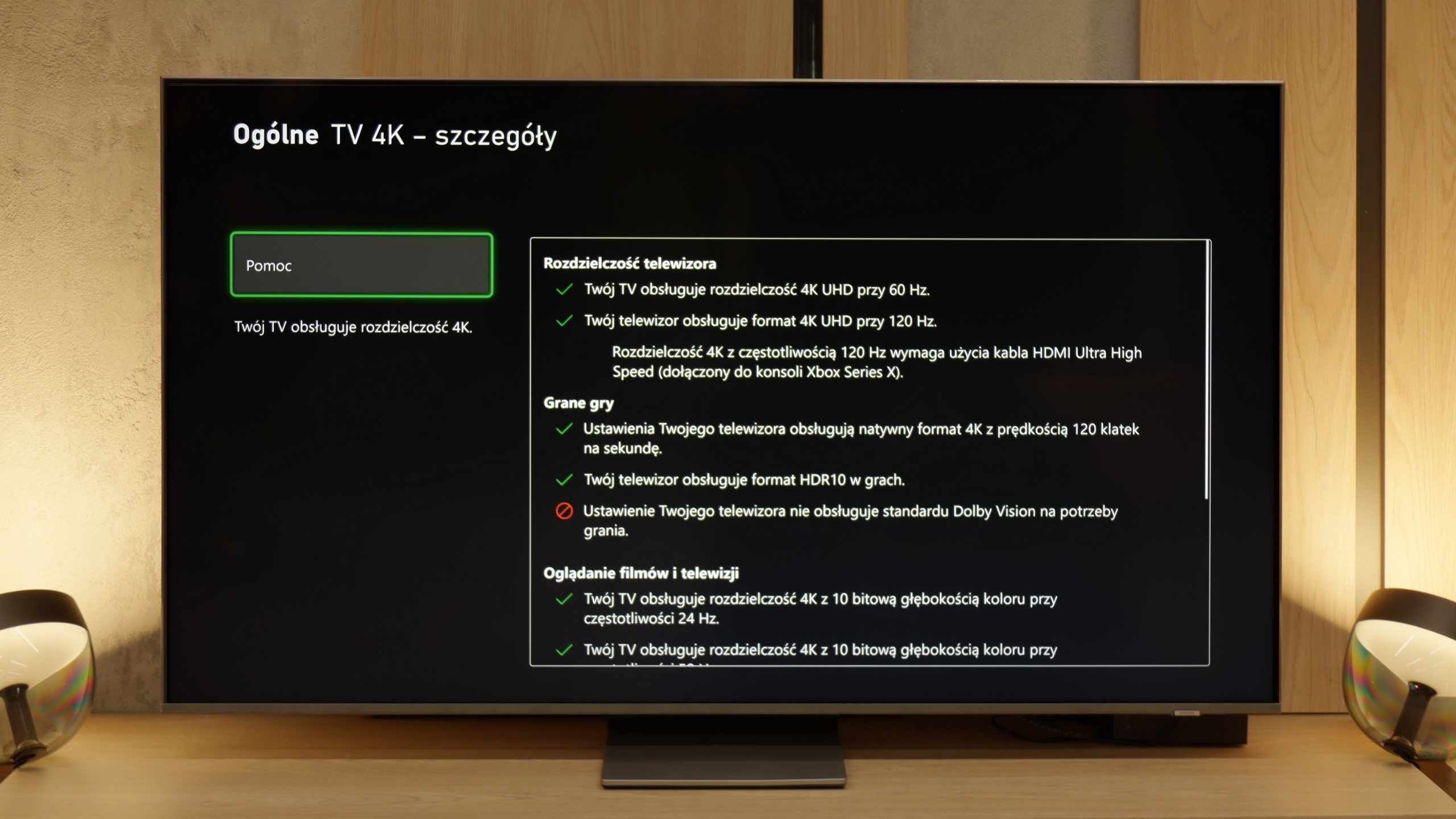

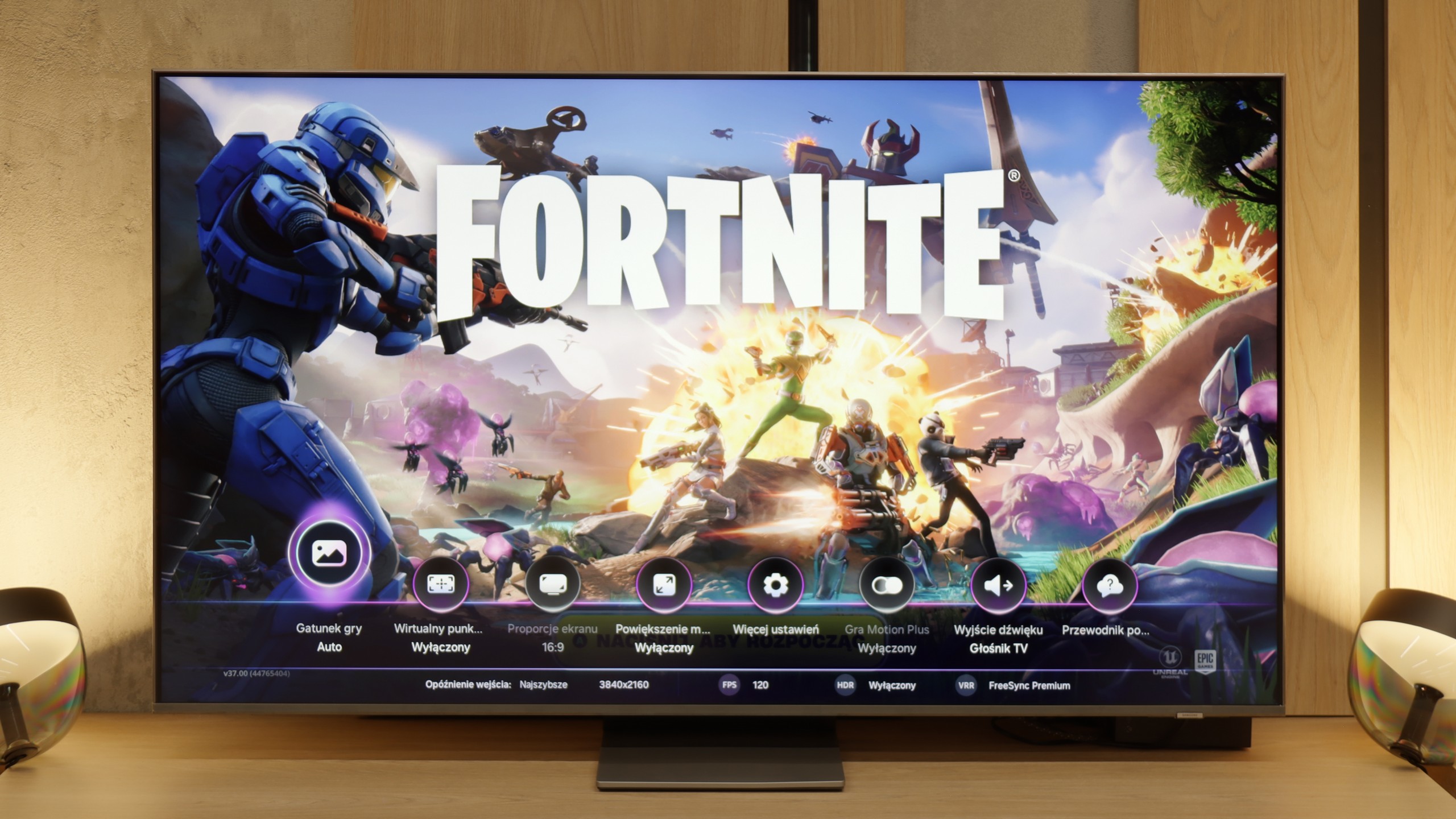

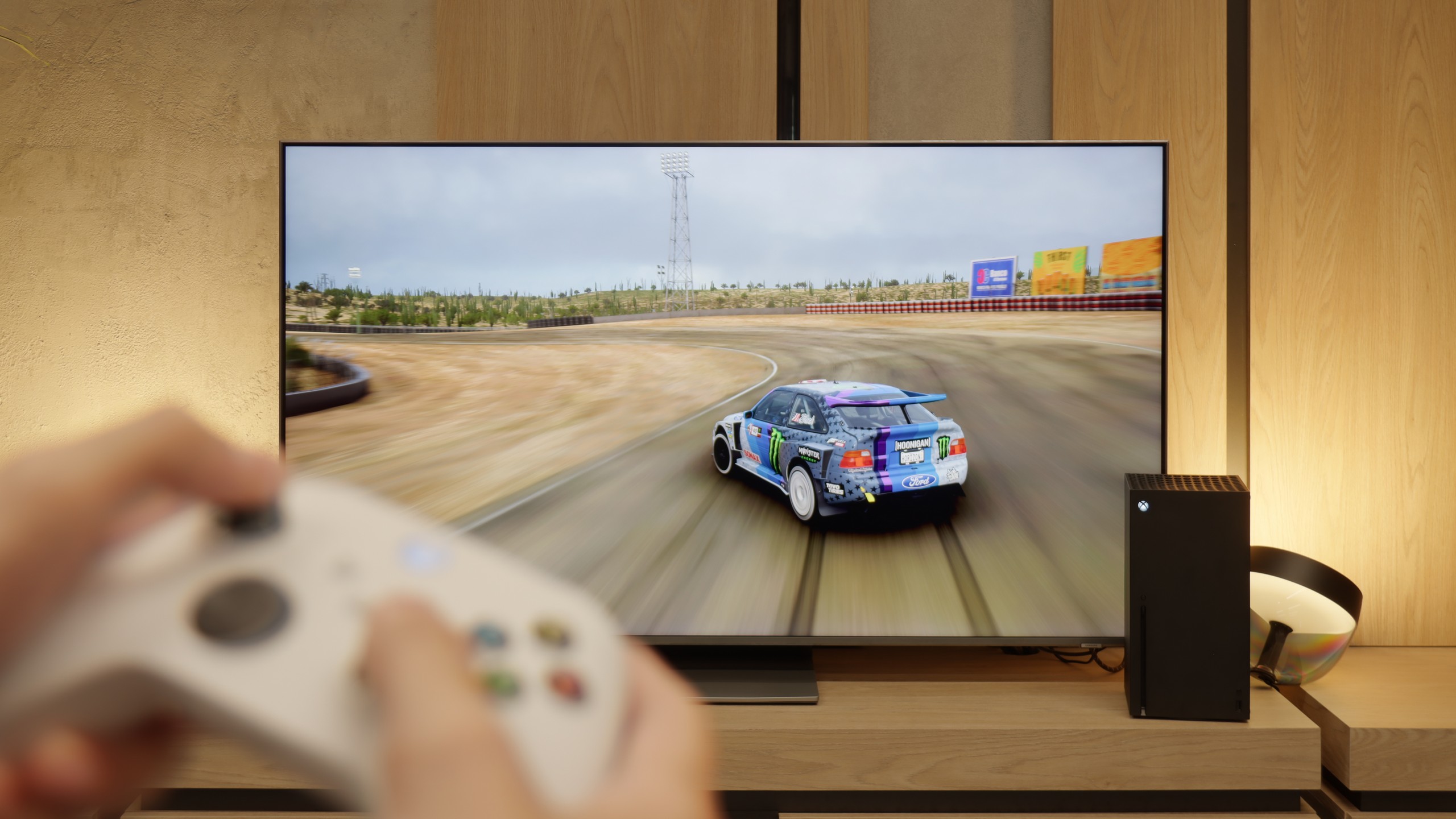
The Hisense U7Q PRO is a television that seems almost designed for gamers. It has practically everything you could expect from a gaming screen: variable refresh rate (VRR), automatic mode (ALLM), and as many as four HDMI 2.1b ports with full bandwidth of 48 Gb/s. Additionally, there is a clear and quite functional Game Bar, as well as a well-implemented Dolby Vision GAMING mode that works seamlessly with Xbox Series S and X consoles.
Sounds like perfection? Well, almost. Unfortunately, Hisense has yet to implement the HGiG feature, which is the system's limit on tone mapping on the TV's side. This means that when configuring HDR brightness on the console, we do it "by eye" or look for settings in online guides because the screen doesn't show the real range of its brightness. It's a pity - because HGiG makes it easier to match the console to the TV and helps avoid clipping or overly dark scenes in HDR games.
Fortunately, the other elements work very well. Signal delay (input lag) is low, responsiveness is excellent, and the handling of other functions is flawless. And although not everything worked perfectly, the U7Q PRO can still be recommended to gamers without hesitation.
The Samsung QN85F makes a really great impression from a gaming feature standpoint. We have four HDMI 2.1 ports here, so we can connect multiple devices simultaneously without any problems. It also has variable refresh rate (VRR), which prevents screen tearing, as well as automatic game mode (ALLM), which allows the TV to switch to the appropriate settings by itself when we launch the console. Additionally, it supports refresh rates of up to 144 Hz – something that PC gamers will particularly appreciate, but the fact that such an option is available shows that Samsung is fully committed to supporting gamers. The Game Bar panel also deserves praise. It provides a quick overview of the most important parameters – from frame rates, to refresh modes, and even shortcuts to picture settings. Instead of digging through the entire menu, we have everything at our fingertips, which turns out to be really convenient in practice. However, the most interesting addition is the Game Motion Plus feature. It’s essentially a motion smoother, adapted for the gaming world. When enabled, the image becomes smoother; sometimes it even looks as though we’re getting a few more frames, and importantly – the response delay doesn’t increase enough to hinder gameplay. This is a solution that truly distinguishes Samsung’s 120Hz TVs from the competition.
The only serious drawback remains the lack of proper HGiG support. This is the standard that ensures correct tone mapping in HDR games, meaning that brightness and contrast are displayed according to how the developers intended them. Without HGiG, we have to manually adjust the brightness, which doesn’t always result in an ideal outcome. The feature was available in previous models, but it disappeared in the QN85F after one of the updates. We hope that Samsung will quickly fix this issue, and we will be keeping an eye out to see if they succeed.
Input lag
9.8/10
9.8/10
SDR
HDR
Dolby Vision
In terms of signal delay, the Hisense U7Q PRO performs really well. For 120 Hz content, the input lag stays below 10 ms, which translates into lightning-fast response – the screen reacts almost instantly to our movements, something that console and PC gamers will particularly appreciate. For 60 Hz content, the situation is slightly worse, as the response time doubles – this is natural and applies to almost all televisions. Nevertheless, it still remains below 20 ms, which can easily be considered a very good result, almost close to perfection – and in practice, it’s hard to feel this during gameplay.
The input lag on the QN85F is at a very high level. With content at 120 or 144 Hz, the values often oscillated below 10 ms, which is an absolutely remarkable result. Naturally, when playing at 60 Hz, the lag doubles, but it still remains low enough that in practice it is virtually unnoticeable. Thanks to this, the QN85F will be suitable for both dynamic e-sports games and calmer console titles.
Compatibility with PC
8.2/10
8.4/10

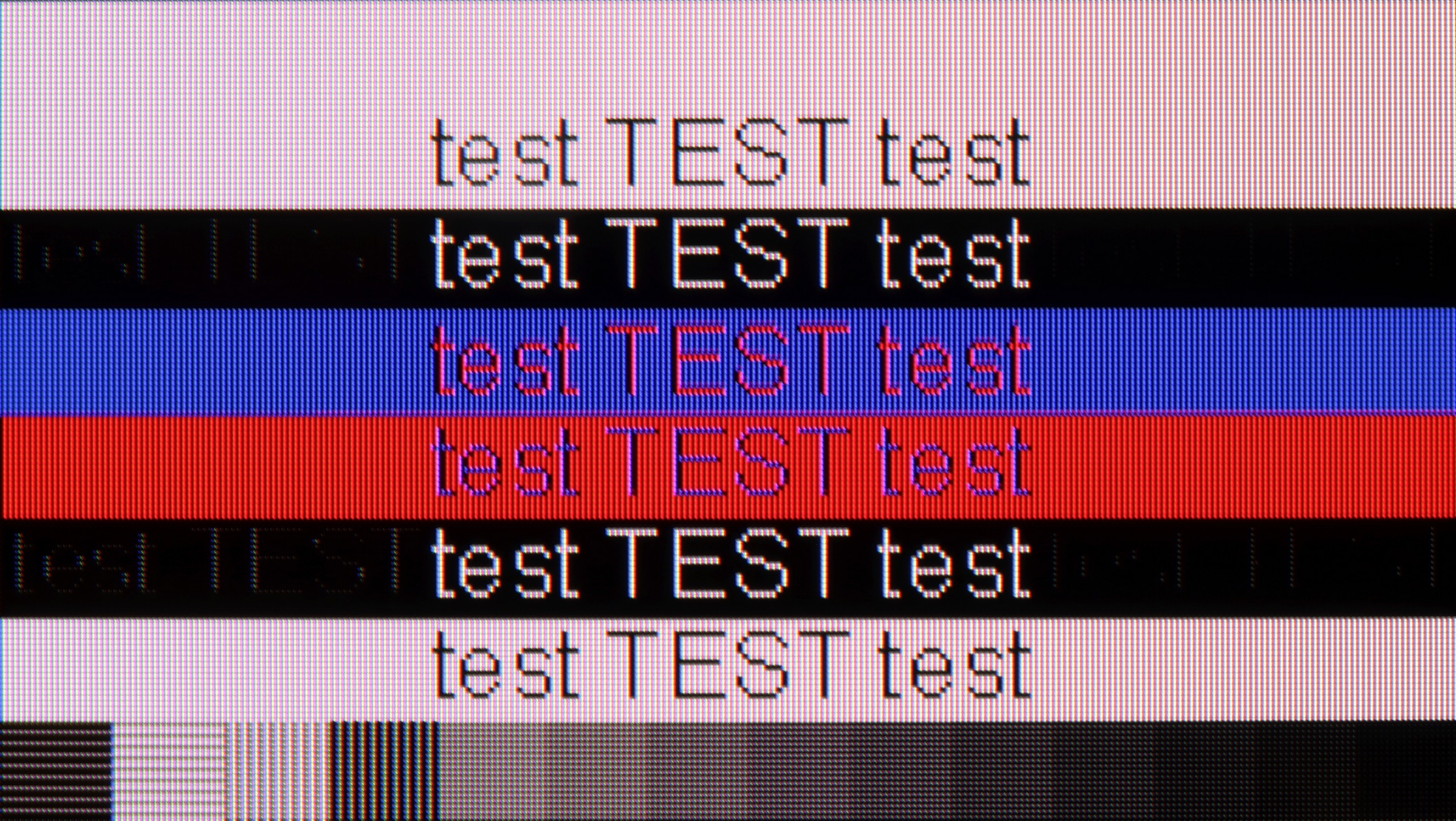
Playing on a PC using the Hisense U7Q PRO is pure fun. Low input lag, full 165 Hz at 4K, and even 288 Hz at Full HD – these are numbers we wouldn't expect from a TV at this price. In this regard, it's really hard to complain about anything. If someone is looking for a large screen for gaming from a PC, the U7Q PRO can confidently serve as a monitor. It performs a bit worse for everyday work with text. Although chroma 4:4:4 is present, so theoretically everything should look good. But in practice, gray fonts on a dark background look strange – vertical lines are sharp, but horizontal ones can blur, disappear, or look slightly dimmed. However, it must be honestly added that if you use the TV as usual – that is, from a few meters away – you probably won't notice this. The problem only becomes apparent when someone places the U7Q PRO on a desk, a meter from their face, and starts working with text or spreadsheets. If you plan to use it this way – it's worth keeping this in mind.
The QN85F performs really well in terms of cooperation with a computer. Thanks to the PC mode with a refresh rate of up to 144 Hz, support for G-Sync, and low input lag, gaming on a personal computer is very enjoyable and should not cause irritation even for more demanding players. The readability of fonts also looks good – the television supports chroma 4:4:4, so standard texts appear sharp and clear. A problem arises only with very thin letters. Regardless of the refresh rate setting – whether it’s 144, 120, or 60 Hz – horizontal, thin lines were hardly visible. Reducing the refresh rate slightly improved the situation, but never enough to say that they were displayed perfectly.
Viewing angles
3/10
3.2/10
In this regard, the U7Q PRO is average. The television is equipped with a VA panel, which is not known for its wide viewing angles. When we start to look at the screen from an angle, the image clearly loses brightness, and the colors begin to wash out. This is a completely normal phenomenon in VA panels without additional coatings to widen the angles – so if you plan to watch from the side or with a larger group, it's worth keeping this in mind. On the other hand, head-on – the image looks great, with deep blacks and very good contrast, much better than on IPS/ADS panels.
The viewing angles on the QN85F are a classic Achilles' heel of most LCD TVs with VA panels. When looking at the screen at an angle, there is a noticeable drop in brightness fairly quickly, and whites begin to gray out while colors lose their intensity. This is the price to pay for the high contrast that this technology offers. Samsung could have aimed for a better coating to widen the viewing angles in this model, but it is not found here. In practice, this means that the best viewing experience will be achieved when sitting directly in front of the TV, and any significant deviation will result in a clear loss of image quality.
TV efficiency during daytime
6.2/10
6.9/10

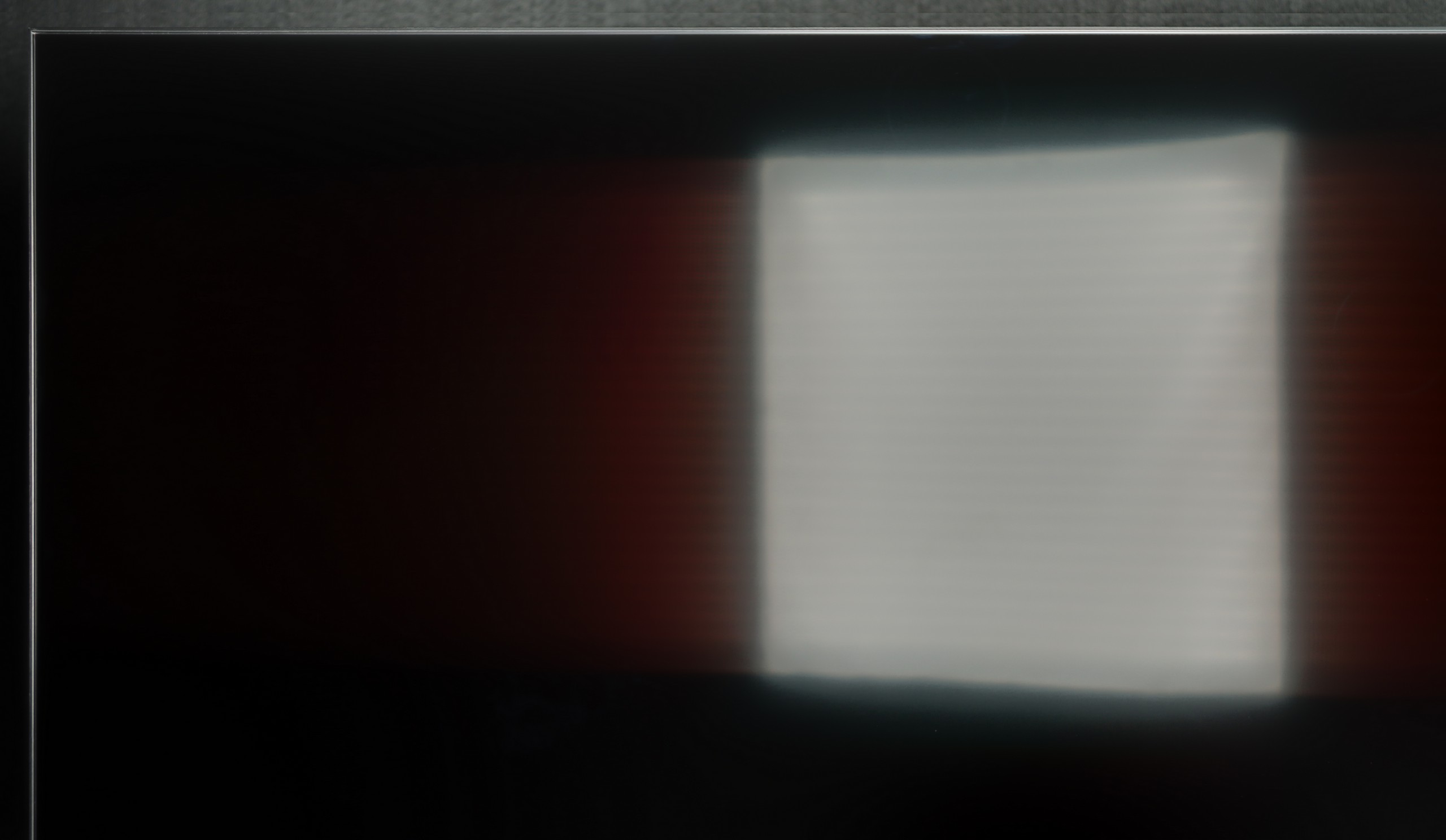


Matrix brightness
Average luminance SDR
Samsung QN85F : 690 cd/m2
Hisense U7Q PRO: 472 cd/m2
As we mentioned earlier – the U7Q PRO is truly a bright television, especially when it comes to HDR content. In the case of SDR material, the television dims a bit, but an average brightness of around 500 nits is still a very solid result. This means that you can easily watch TV or movies even in a quite bright room. Only in very extreme lighting – for example, strong sunlight directly on the screen – visibility may suffer a bit. Fortunately, Hisense has applied a satin anti-reflective coating that effectively reduces glare, and blacks maintain their depth even during the day. This makes a difference and allows for comfortable use of the television in various lighting conditions.
QN85F performs excellently during the day. The satin coating of the panel combined with high brightness makes it a television designed for bright rooms. Colors do not lose their intensity, and the image does not wash out even when a lot of light comes in. The television itself is bright enough to handle a living room with large south-facing windows without any problems. Thus, the QN85F provides an image that allows us to watch movies or games during the day without annoying reflections and the feeling that the picture is fading in the sunlight.
Details about the matrix
Subpixel Structure:

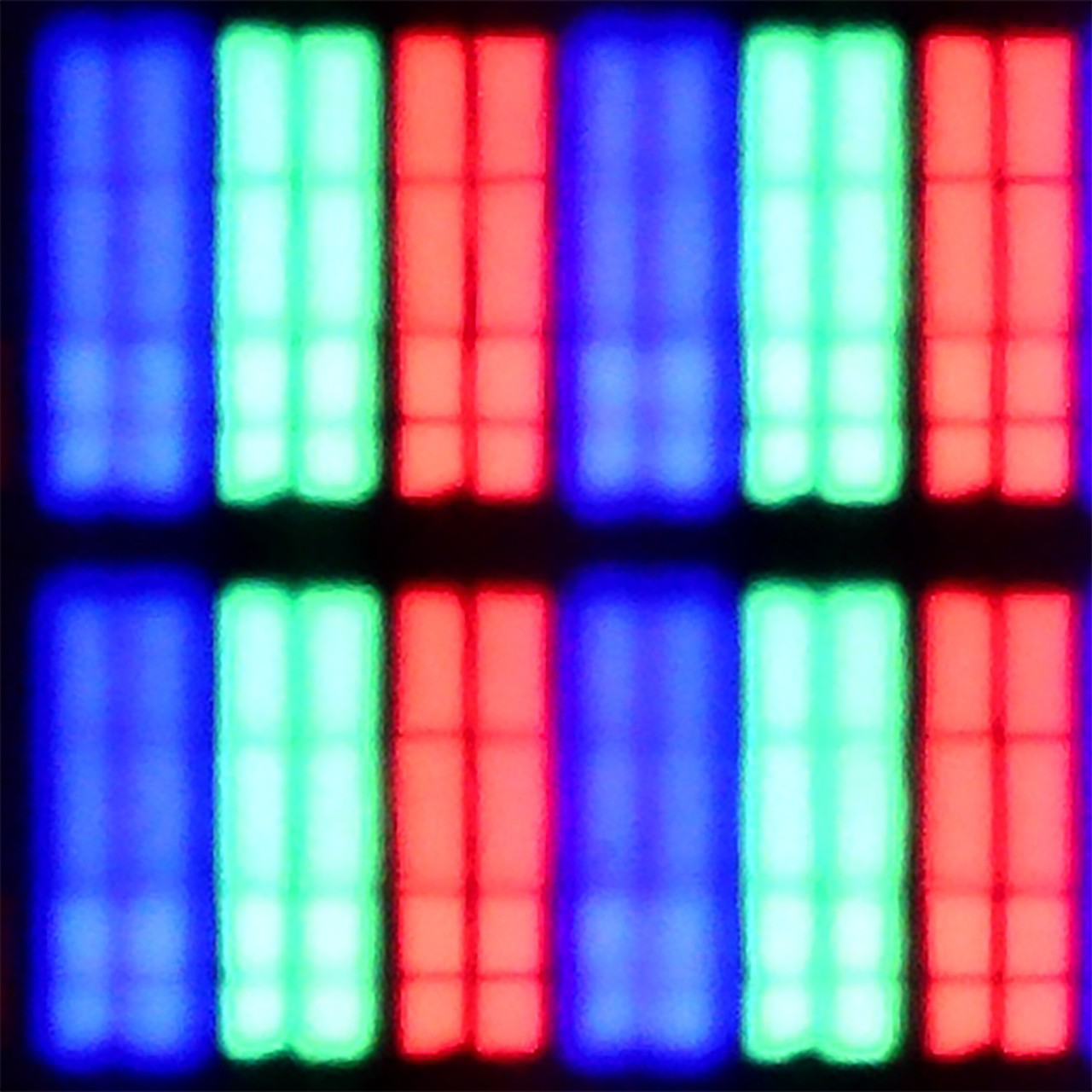
Panel uniformity and thermal imaging:

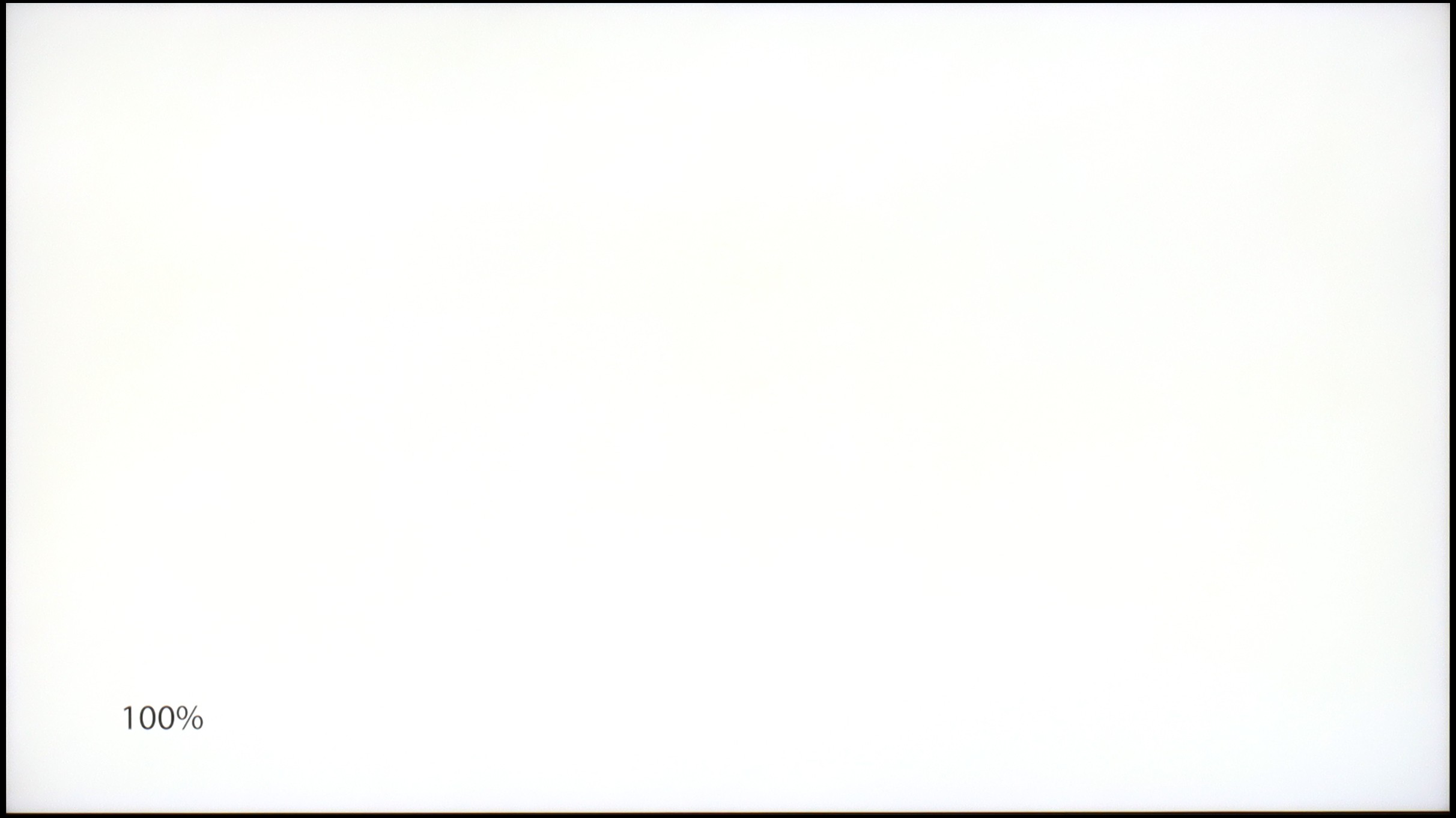
Hisense U7Q PRO
Samsung QN85F
TV features
9.4/10
7.3/10
- HDMI inputs0 x HDMI 2.0, 4 x HDMI 2.1 48Gbps0 x HDMI 2.0, 4 x HDMI 2.1 48Gbps
- Other inputsRCA (Chinch)
- OutputsToslink (Optical audio), eARC (HDMI), ARC (HDMI), Mini-Jack (Headphones)Toslink (Optical audio), eARC (HDMI), ARC (HDMI)
- Network InterfacesWi-Fi 2.4GHz, Wi-Fi 5GHz, Ethernet (LAN) 100MbpsWi-Fi 2.4GHz, Wi-Fi 5GHz, Ethernet (LAN) 100Mbps
- TV receptionDVB-T, DVB-T2, DVB-S, DVB-S2, DVB-CDVB-T, DVB-T2, DVB-S, DVB-S2, DVB-C
Classic features:
- Recording to USB (terrestrial TV)
- Recording programming
- Picture in Picture (PiP)
- RF remote control (no need to aim at the screen)
- Backlit remote control
- Teletext
- Audio only mode
- Bluetooth headphones support
- Simultaneous Bluetooth headphones & TV audio
Smart features:
- AirPlay
- Screen mirroring (Windows Miracast)
- Voice search
- Voice search in native language
- Ability to connect a keyboard and mouse




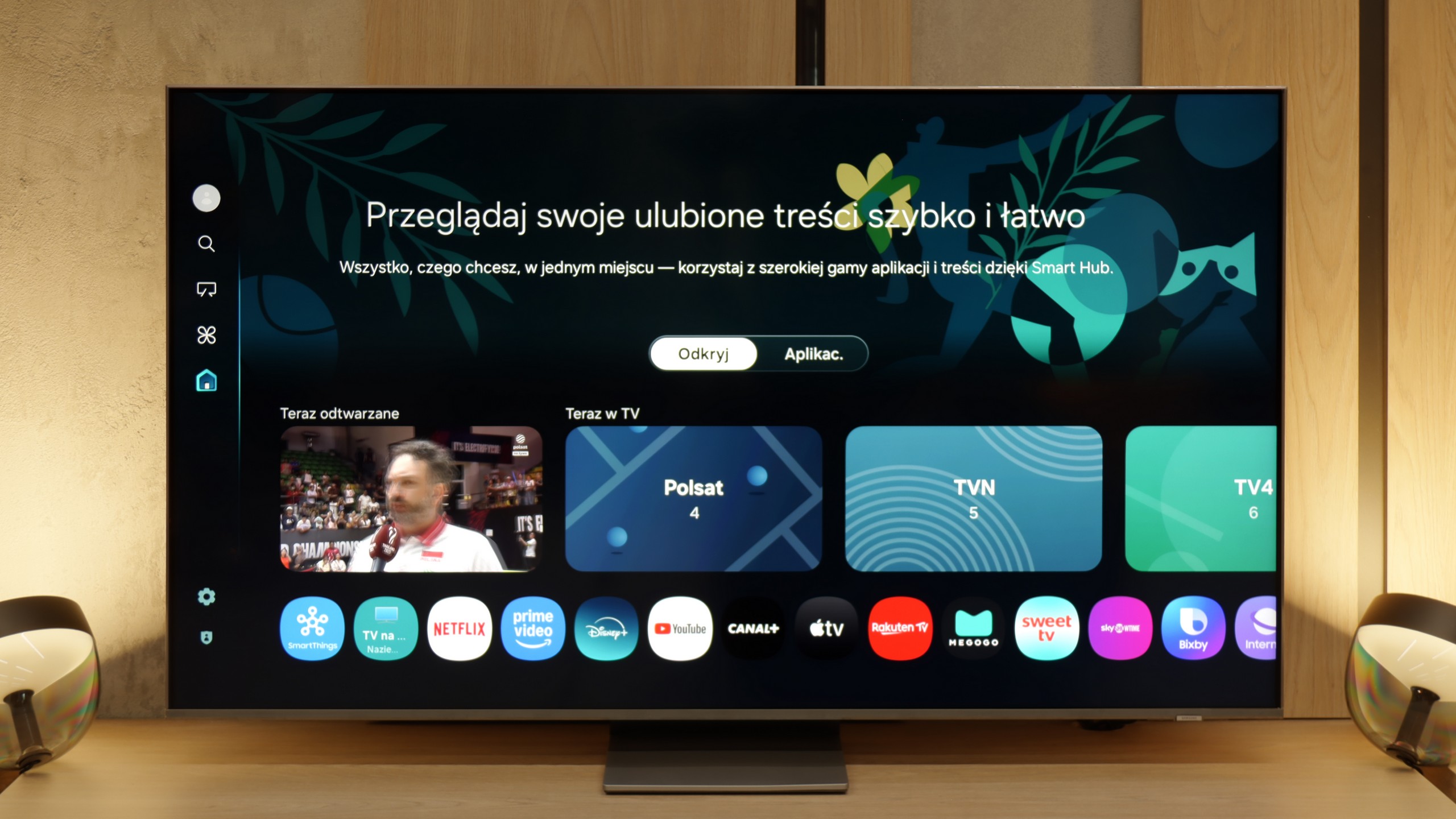
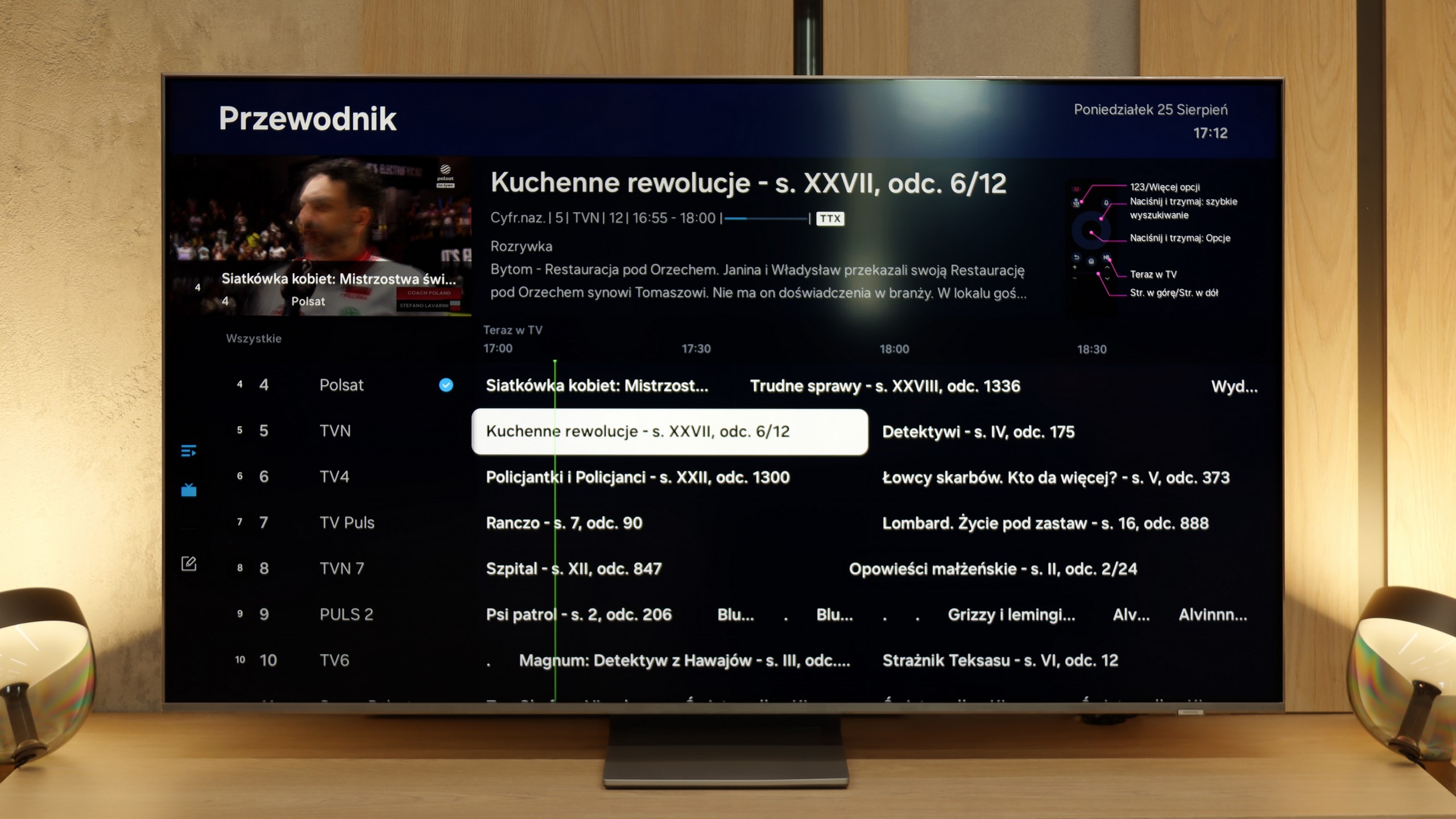
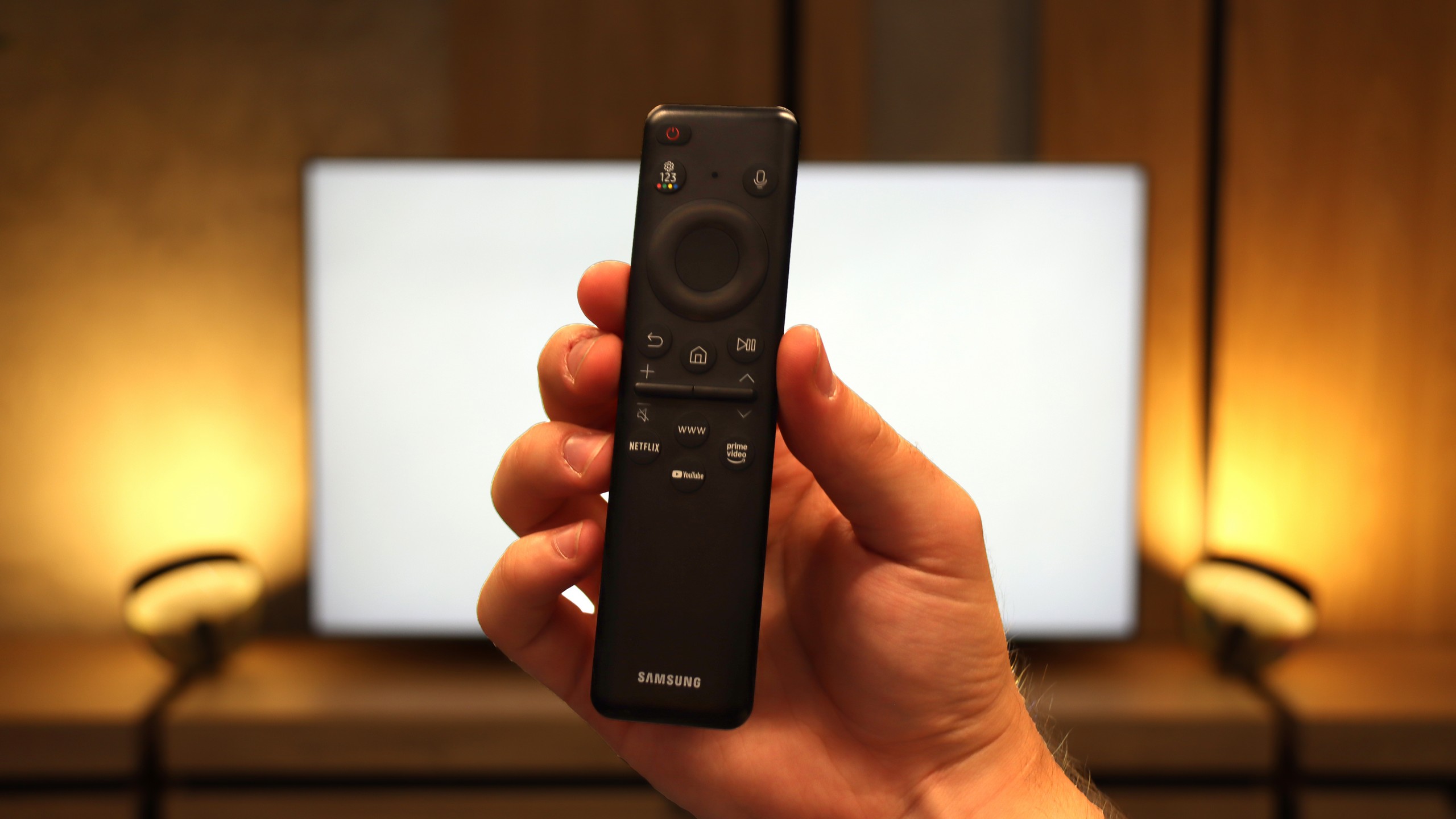
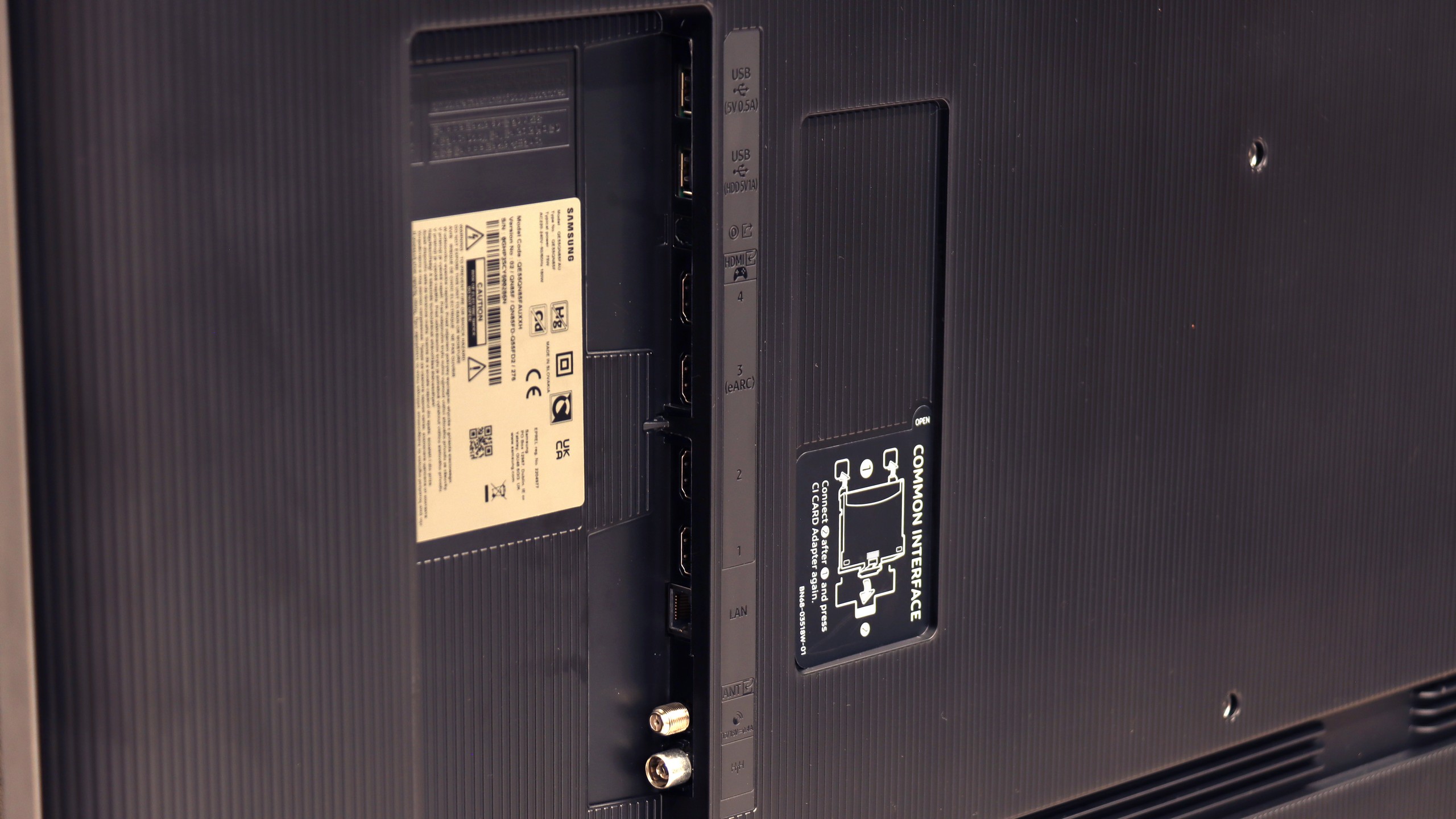
Classic Features of U7Q PRO
If you plan to use the television in a more "classic" way, meaning for watching daily programs or connecting headphones, the Hisense U7Q PRO has almost everything you could expect. The TV supports USB recording without any issues, you can connect headphones via Bluetooth, and the remote control is backlit, which still isn't standard even in more expensive models. While many people today forego these classic features in favor of streaming applications, it's good to know that the U7Q PRO still does this properly and without compromises (aside from the lack of a PiP feature).
SmartTV System: Vidaa
As for smart features, in Europe, this model operates on the VIDAA system. The system works smoothly, has a built-in web browser, supports voice control (also in Polish), and AirPlay, which will please users of Apple devices. However, it should be noted that VIDAA is a closed system, so you won't find all the popular applications that Android TV or Google TV have accustomed us to. Before purchasing, it's worth checking if the apps you actually use are available.
Smart TV and Tizen System
The Samsung QN85F runs on the proprietary Tizen operating system, which has been one of the strongest points of the Korean manufacturer for years. The platform operates quickly, is comprehensive, and provides access to virtually all necessary applications. We have AirPlay support, the ability to mirror the screen, voice search, and a very clear interface. Everything is controlled by a remote with a minimal number of buttons, designed to give us quick access to the most important applications.
Classic TV Features
When it comes to classic television functions, the QN85F offers a rather basic set. The EPG interface is readable and easy to use, resembling a traditional teletext program list. A downside is the lack of USB recording and the absence of PiP functionality, which Samsung offered in many other models. This is because the QN85F uses single tuners. For some people, this may be a drawback, but looking at how few viewers today use traditional linear television, it will not matter much for most users.
SmartThings and Device Support
A strong element of the entire platform is the SmartThings application. With it, we can integrate the television with other home devices—not just those from Samsung. We can connect Philips Hue or Yeelight smart lighting, video intercoms, and many other devices to the system. SmartThings also allows us to control the television without using the traditional remote— we can use the app on our smartphone, mouse mode, or gesture control if we have a Samsung smartwatch. This makes the QN85F part of a larger ecosystem and fits excellently into the trend of the IoT smart home.
Playing files from USB
8.2/10
9.1/10
Supported photo formats:
Maximum photo resolution:

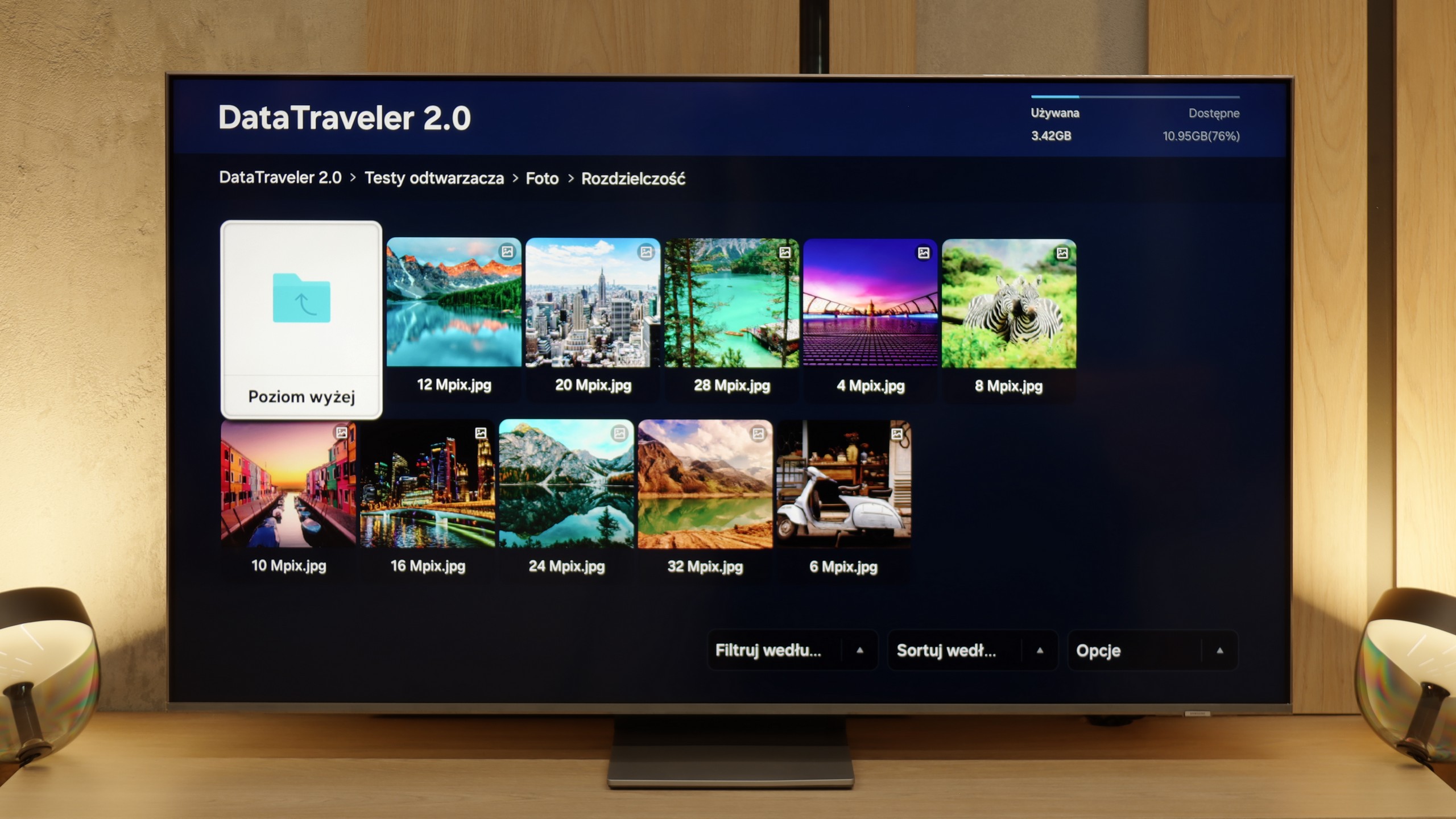
The built-in media player in the VIDAA system worked very smoothly and without any issues on our U7Q PRO unit. The television effortlessly read external video and audio files, as well as subtitles, making it convenient to watch movies from a USB flash drive or external hard drive. Most popular formats worked flawlessly, so there was no need to convert anything. The only point of contention is a certain selectiveness in handling high-resolution images – not all of them opened. Therefore, you will find an exact list of supported image resolutions (Mpix) in our comparison chart.
The player in the QN85F works as most people expect, supporting virtually all popular formats and is sufficiently capable even for more demanding users. Movies, music, photos – everything launches without issues. The only hiccup occurs with HEIC files, which are images from Apple devices. According to the specifications, they should work, but in practice, they simply do not open. Thumbnails are visible, but the file itself refuses to launch. This seems to be just a regular software bug. Apart from that one case, the player performs well and gives no reasons for complaints.
Apps
7.7/10
8.7/10














































Sound
7.8/10
7.6/10
- Maximum volume85dB84dB
- Dolby Digital Plus 7.1
- Dolby True HD 7.1
- Dolby Atmos in Dolby Digital Plus (JOC)
- Dolby Atmos in Dolby True HD
- DTS:X in DTS-HD MA
- DTS-HD Master Audio
For the standards of built-in television speakers, the U7Q PRO sounds surprisingly good. The sound is clear, with distinct mid and high tones, and the bass – while obviously limited – does not completely disappear. One could say that for "TV speakers," the level is more than satisfactory. However, it’s worth noting that in our test model, we were unable to play DTS:X audio from local files – the television simply does not support it. This means that if you are counting on a cinematic spatial effect solely from its built-in speakers, there may be a bit of disappointment. Fortunately, the television seamlessly transmits DTS signal to an external amplifier, so if you have a home theater – just connect it, and everything works as it should.
The Samsung QN85F is equipped with a 2.2 system with a power of 40 W and performs really well for built-in speakers. The bass is pleasant, and the dialogues are clear and easy to hear even during louder scenes. Even at maximum volume, the television does not produce any unwanted vibrations, and nothing creaks. At the bottom of the housing, there is a subwoofer responsible for the bass, so it’s important to ensure that it is not obstructed during installation.
As for formats, the QN85F does not support DTS:X audio, which for Samsung has been a standard for several years now, forcing Blu-ray enthusiasts to connect audio devices first to the home theater and then to the television. In return, however, we get support for the more popular Dolby Atmos format, which can add extra space to the sound in movies and series.
Acoustic Measurements
85dBC (Max)
75dBC
84dBC (Max)
75dBC


